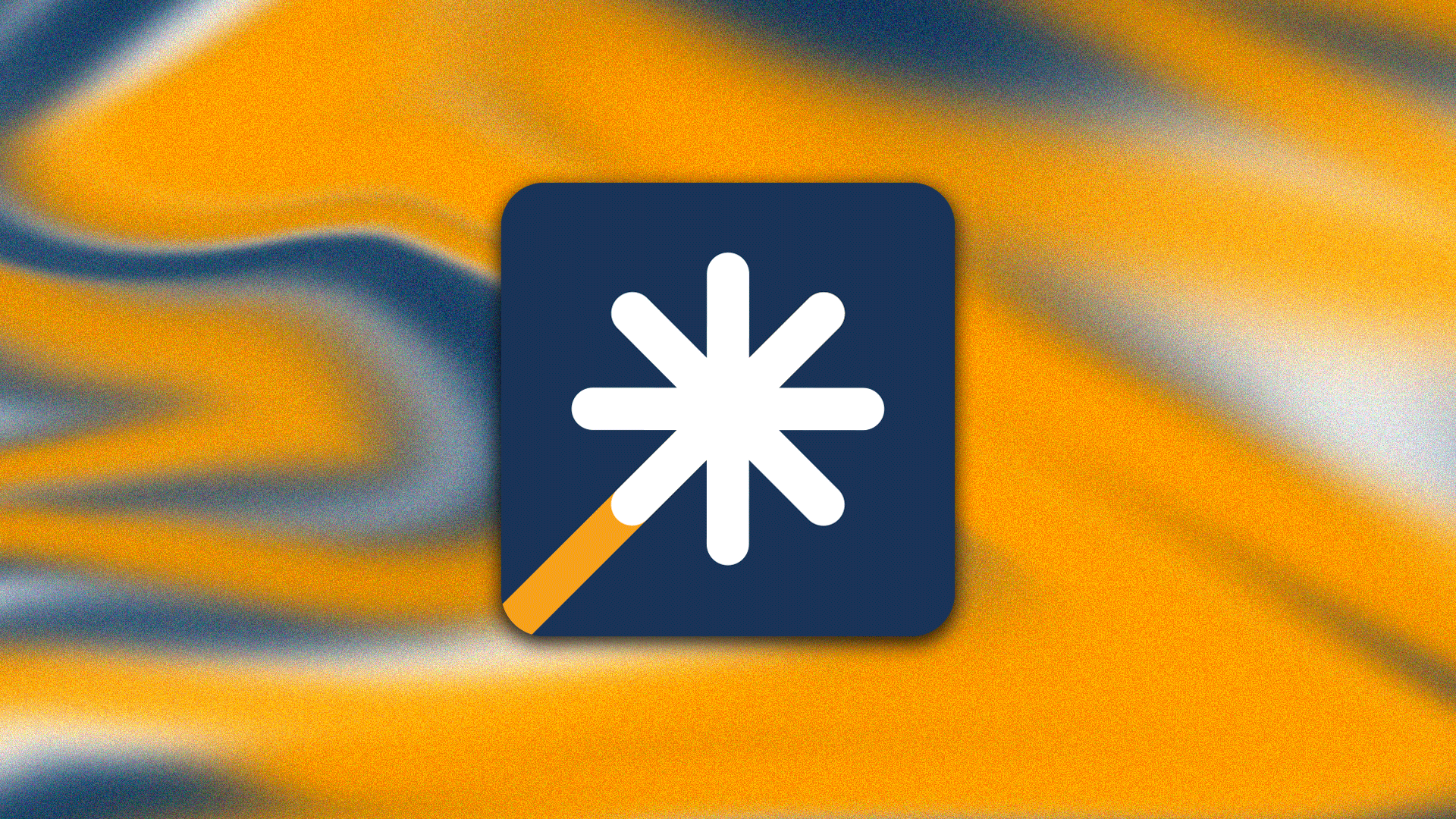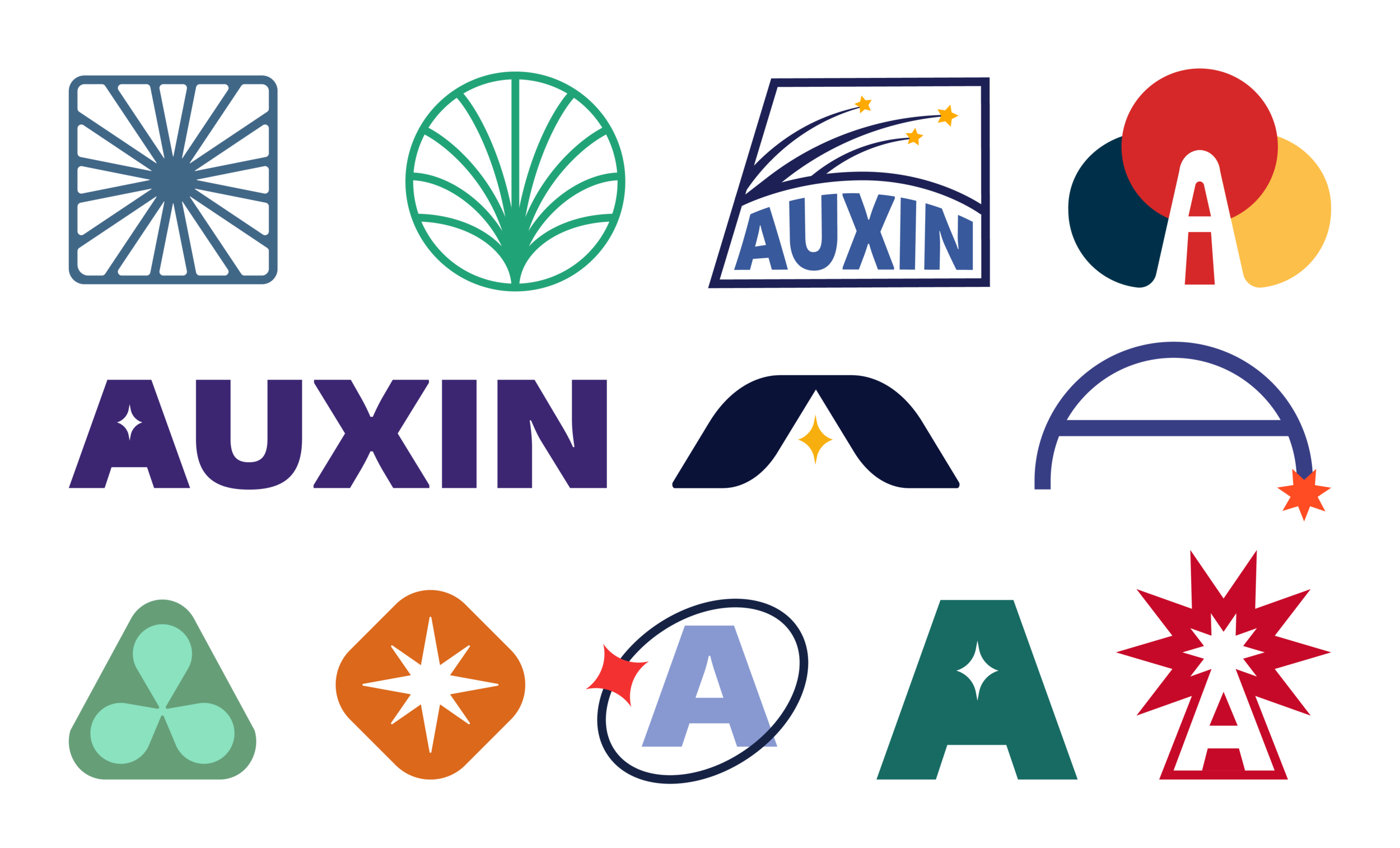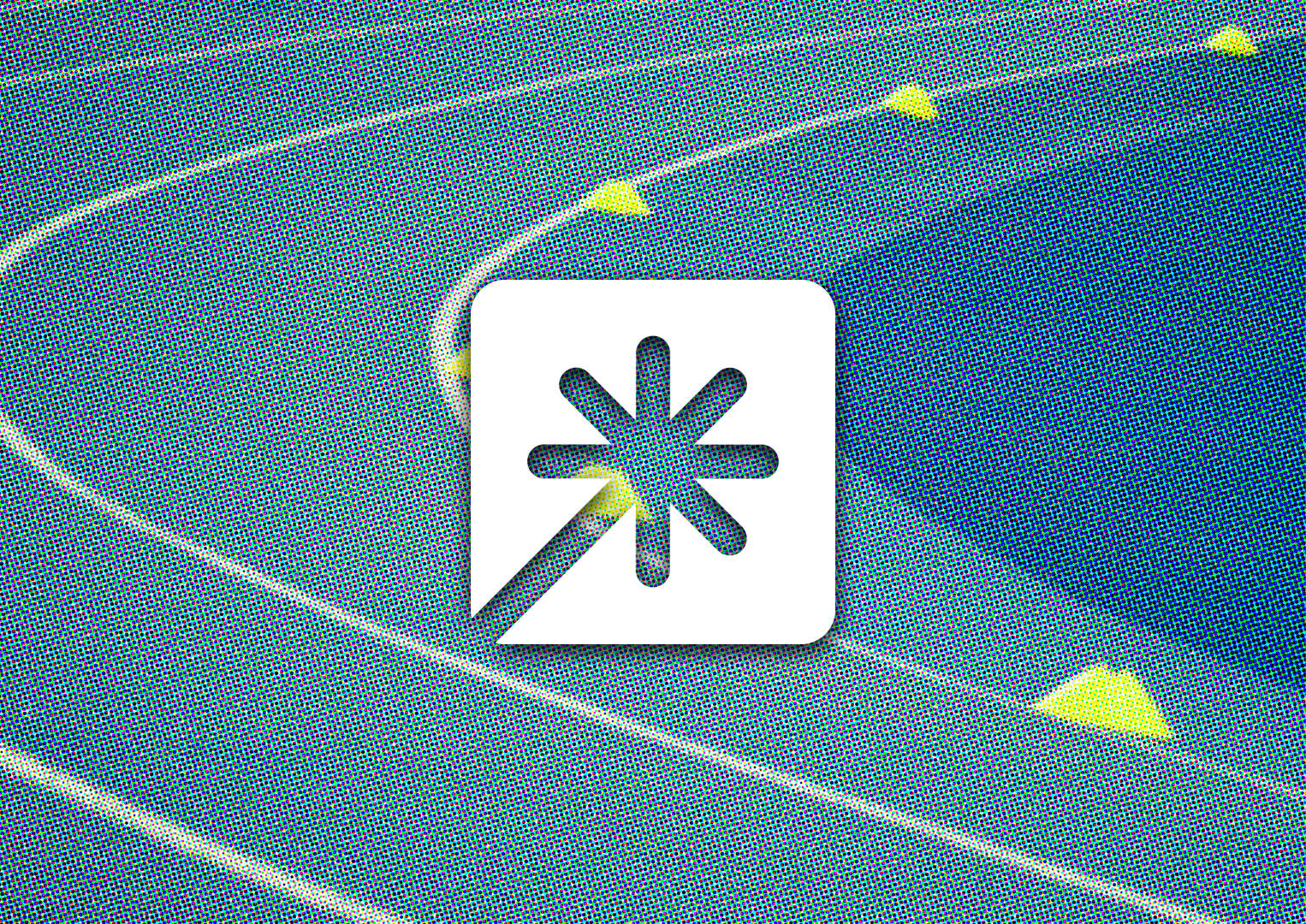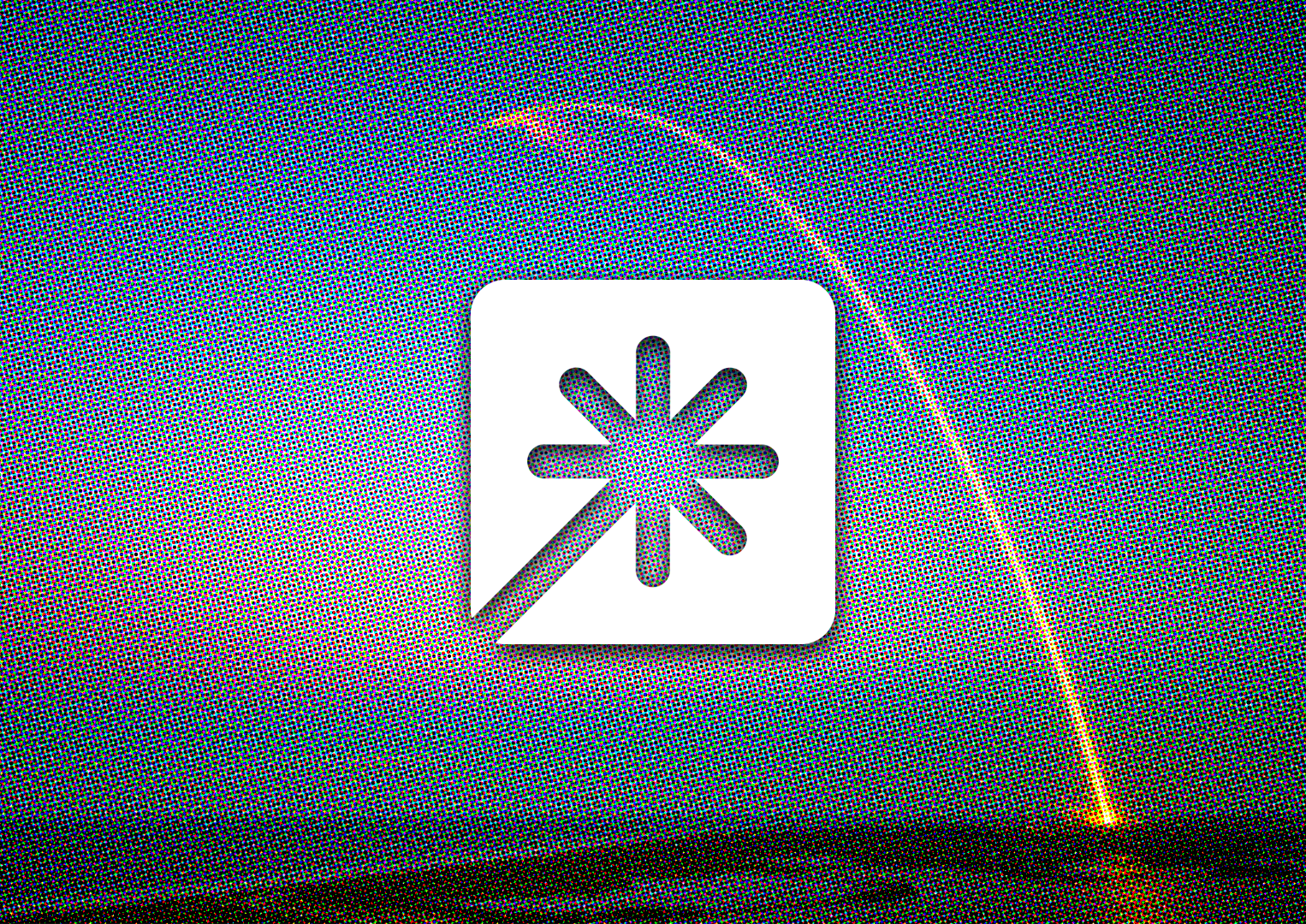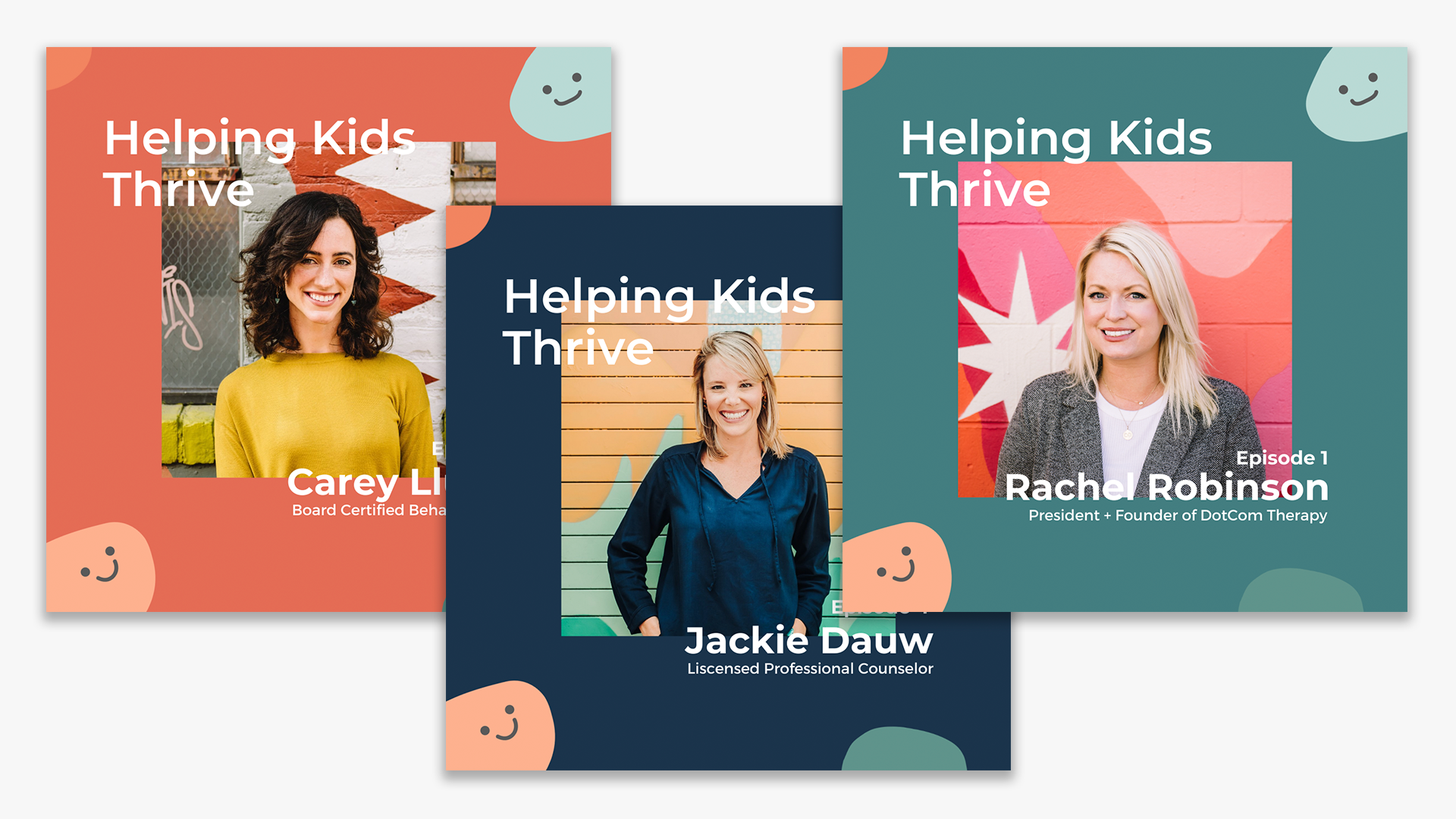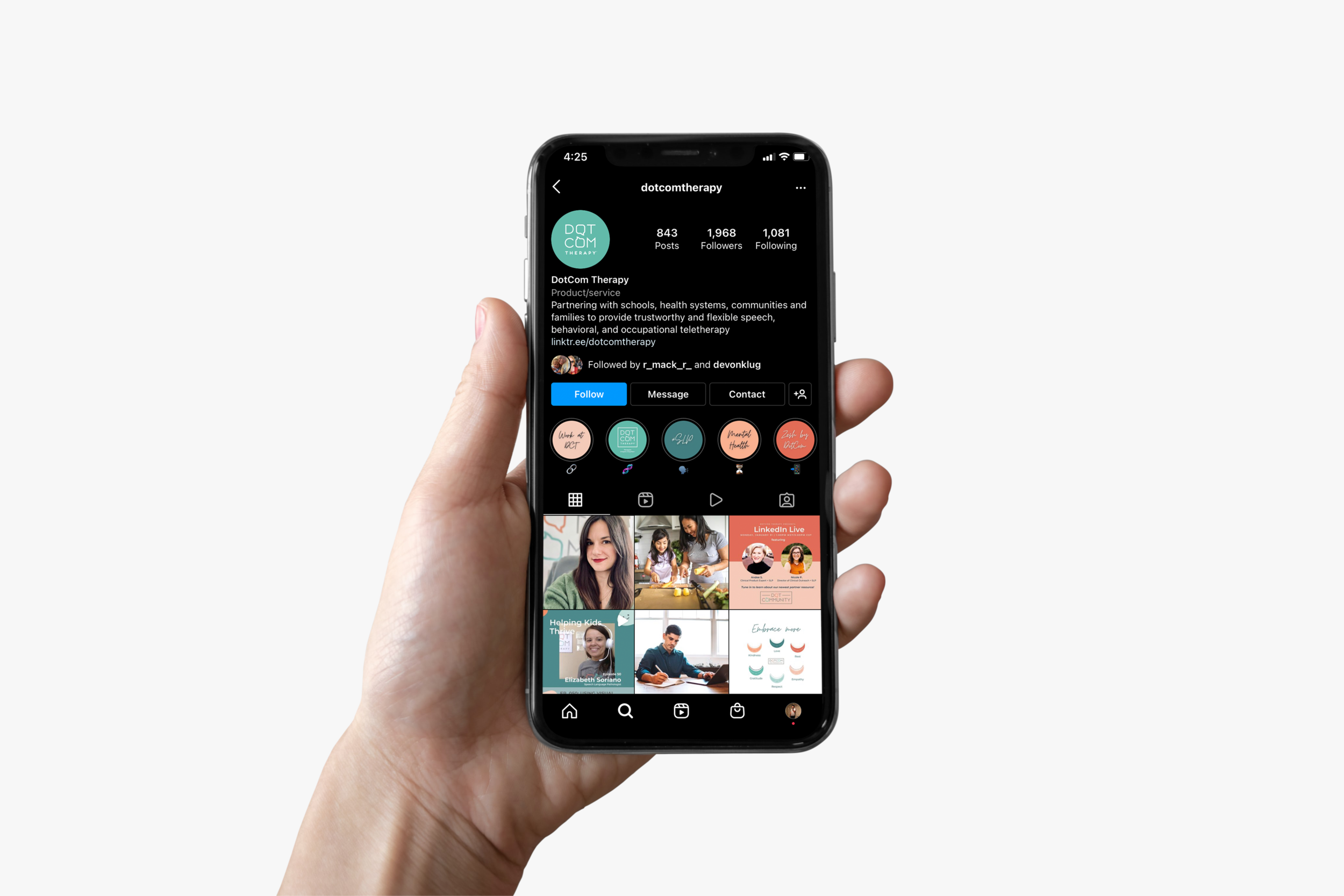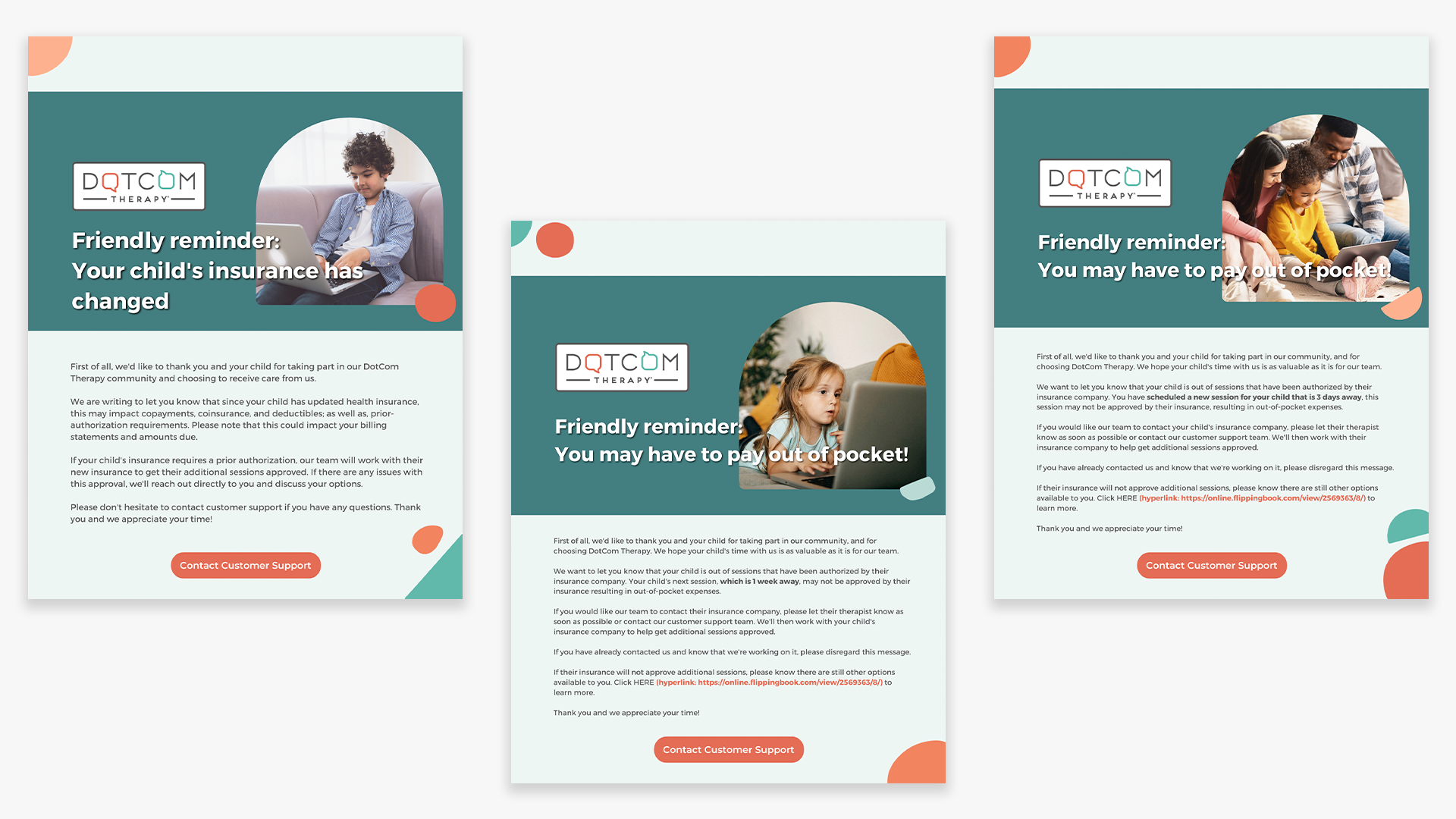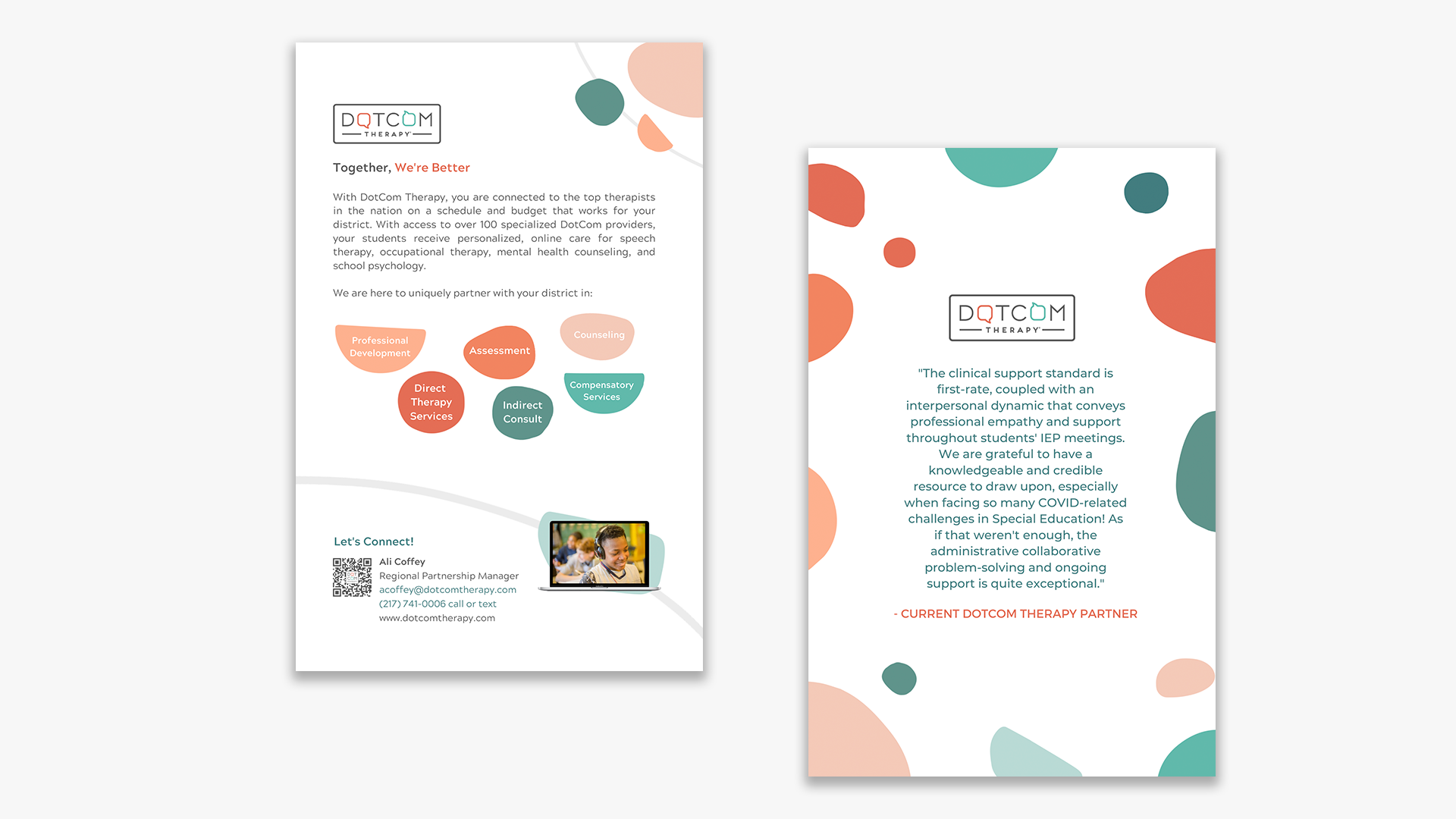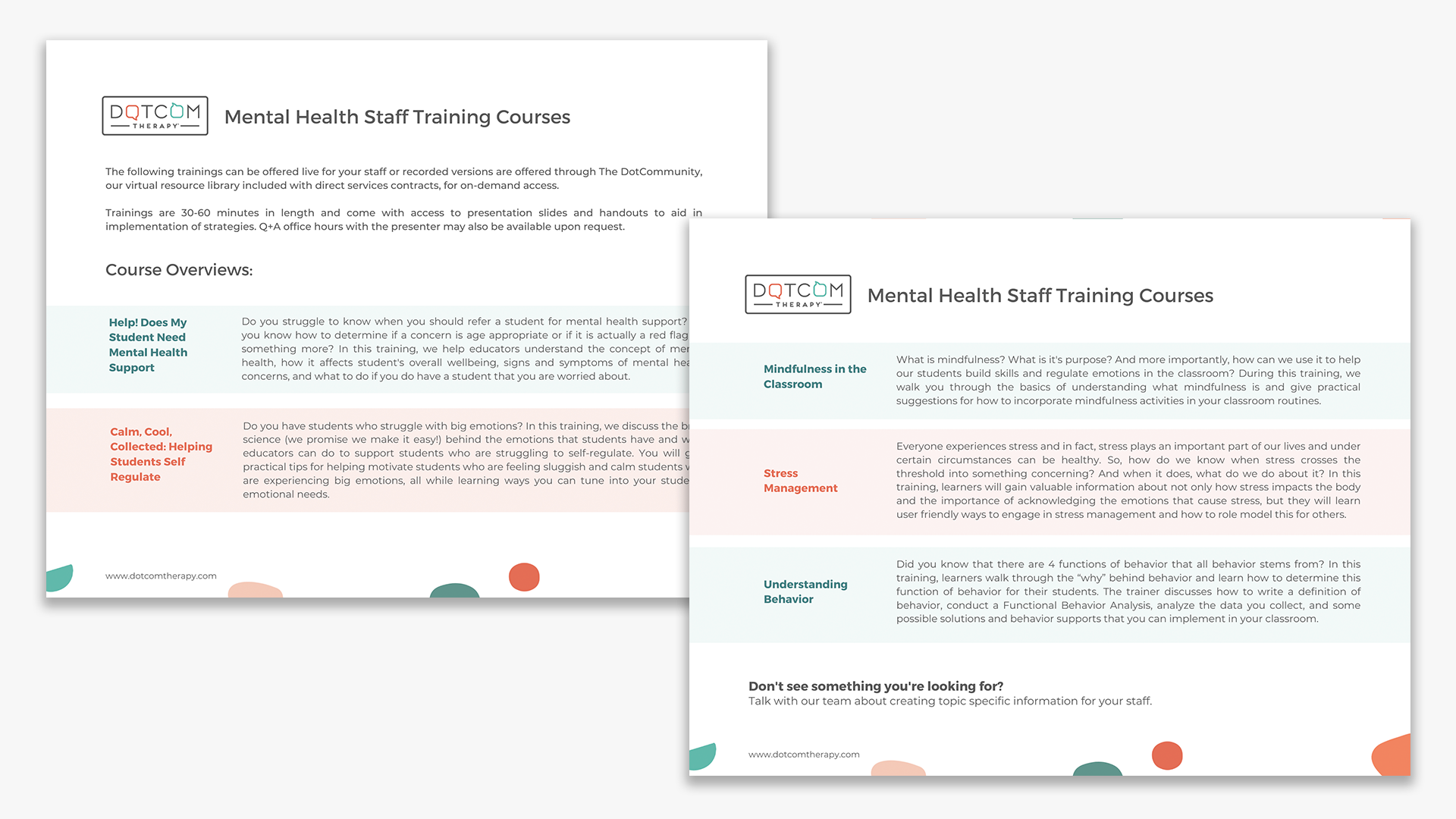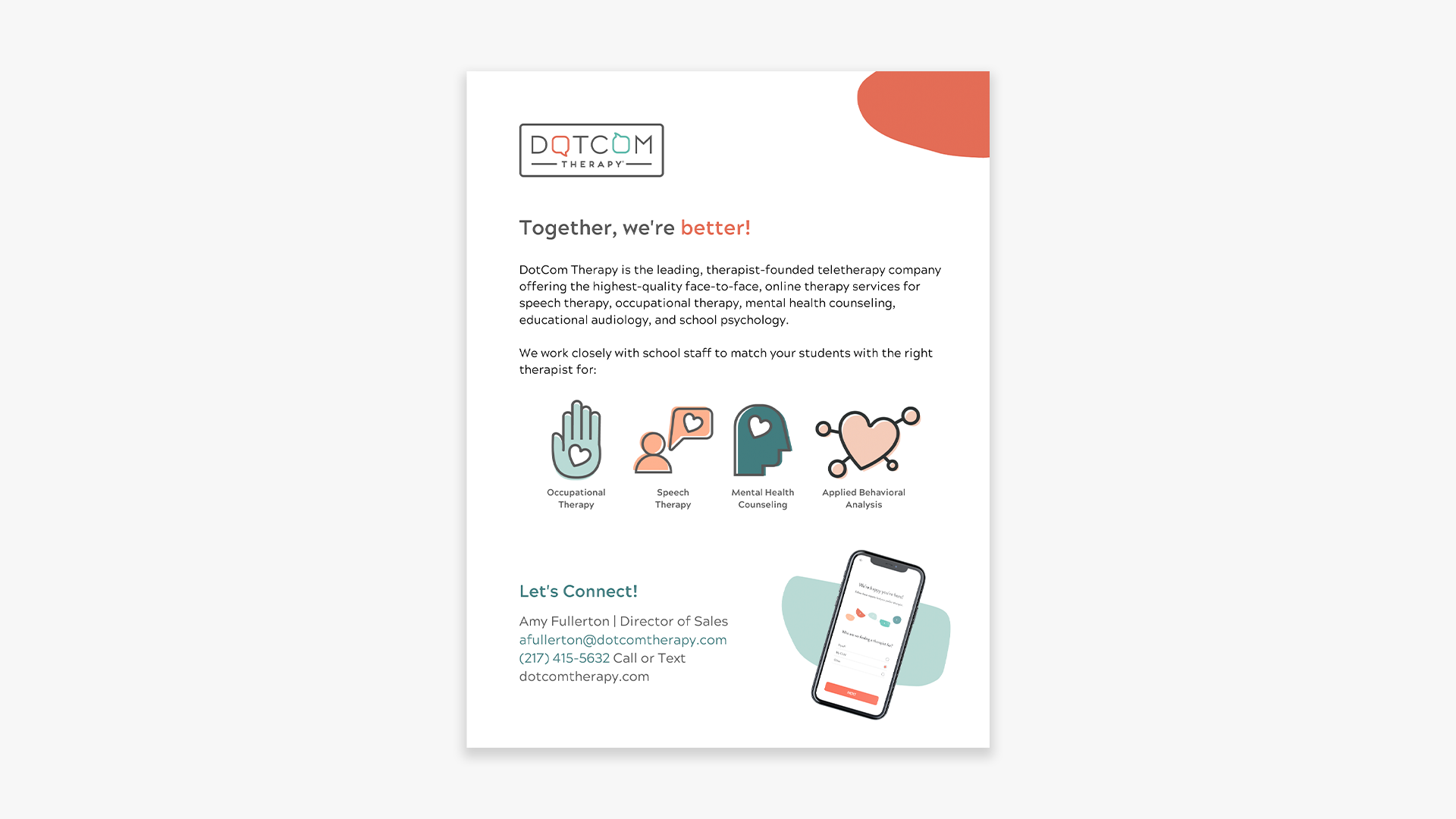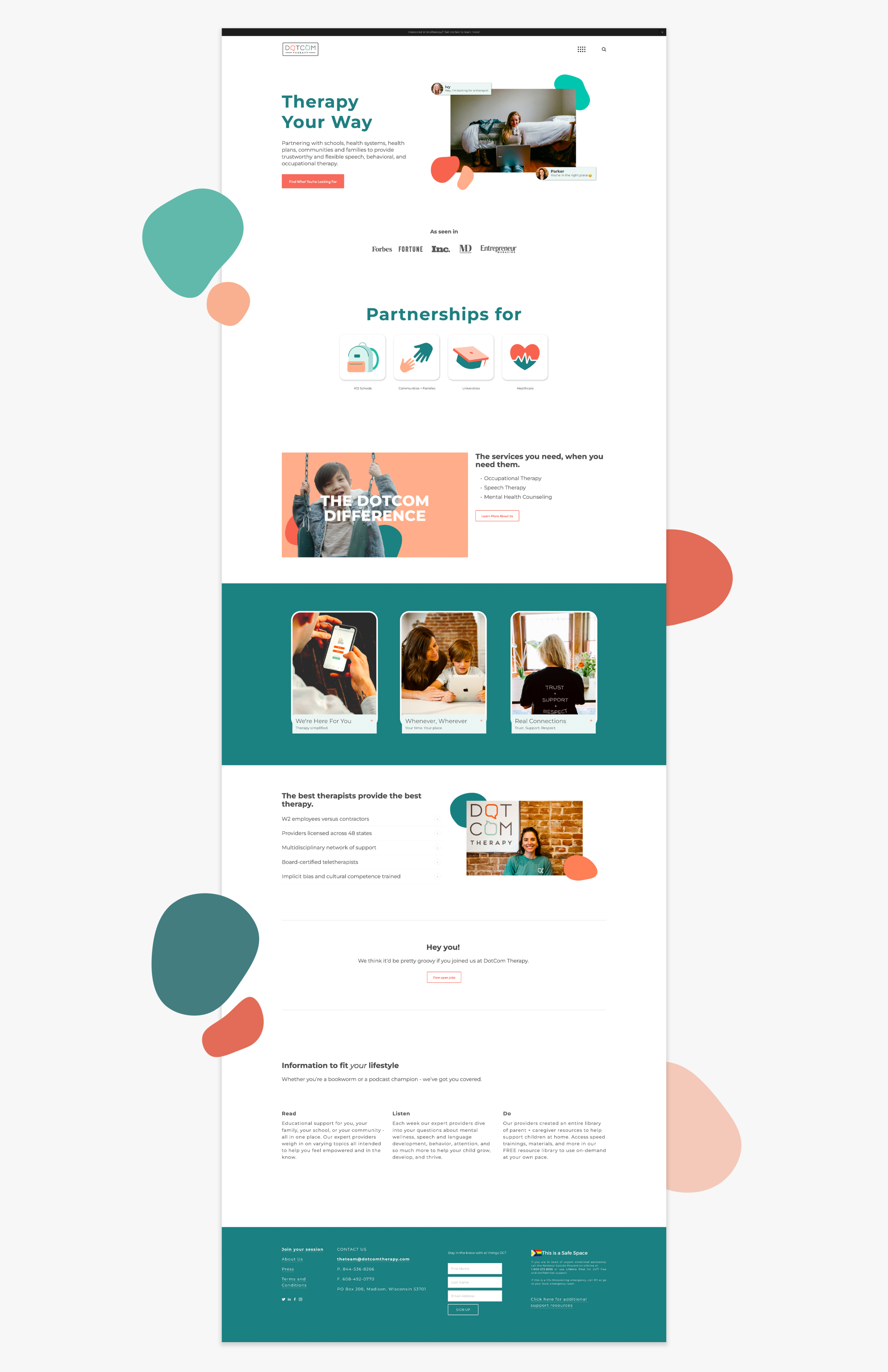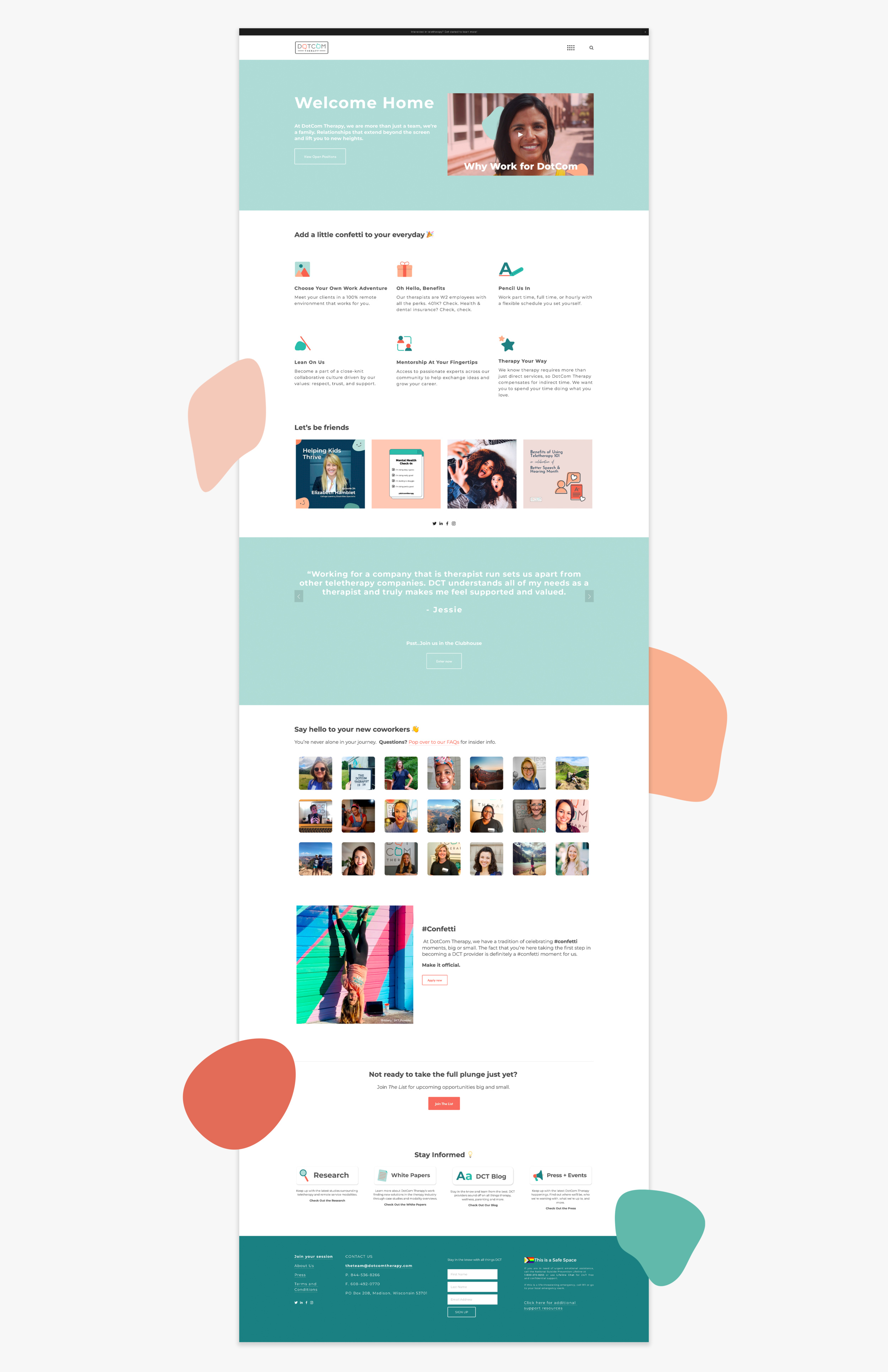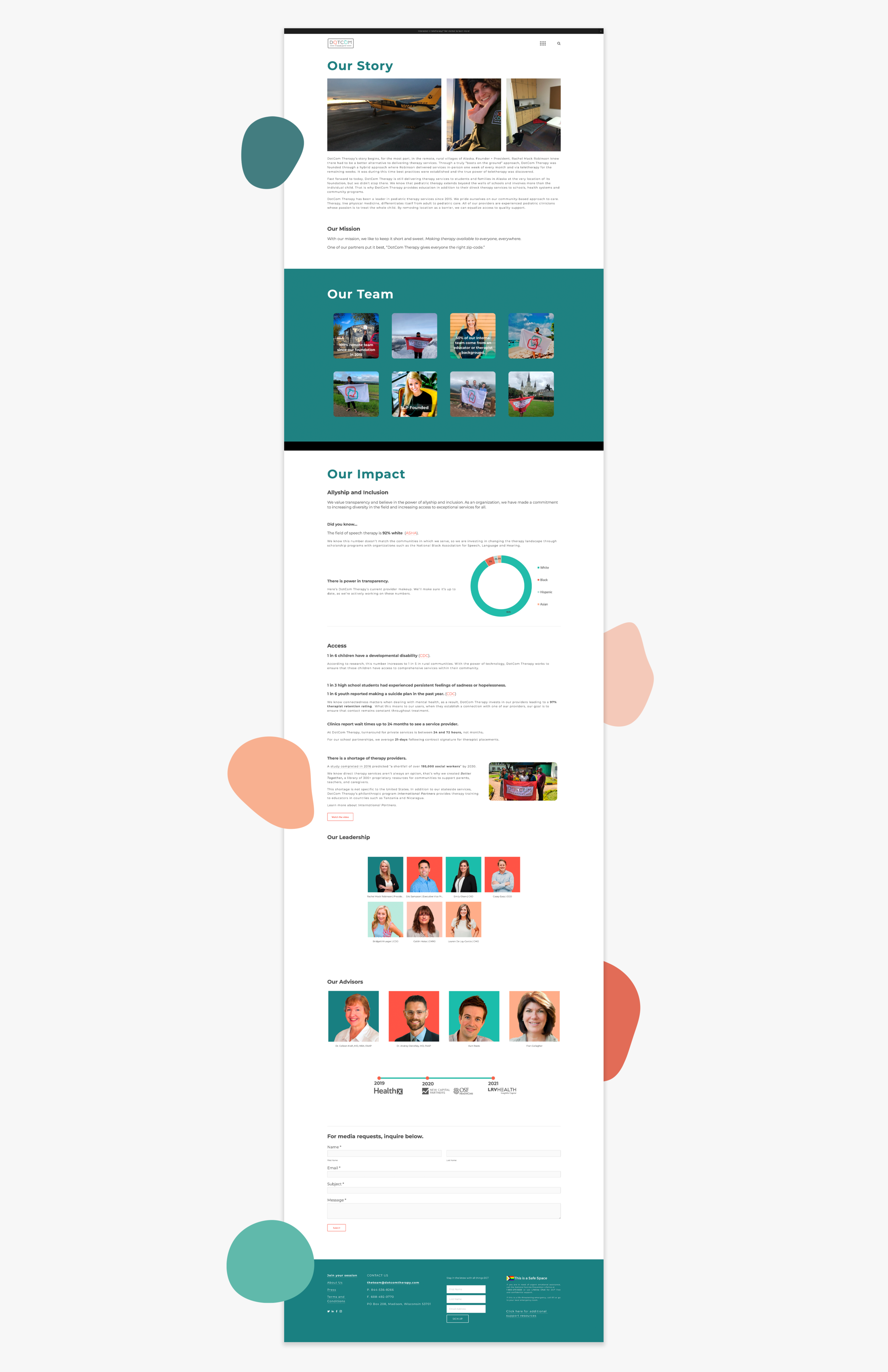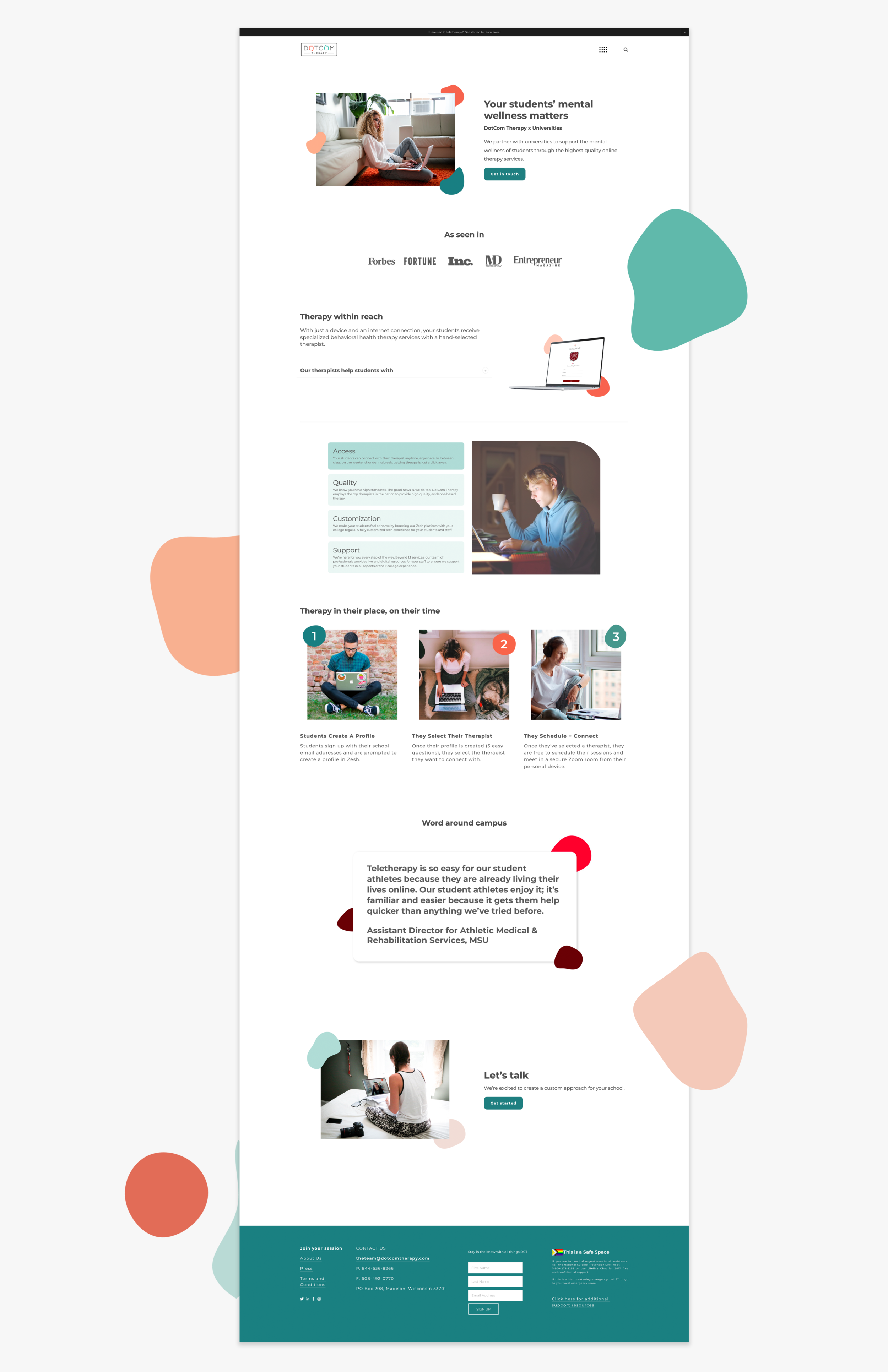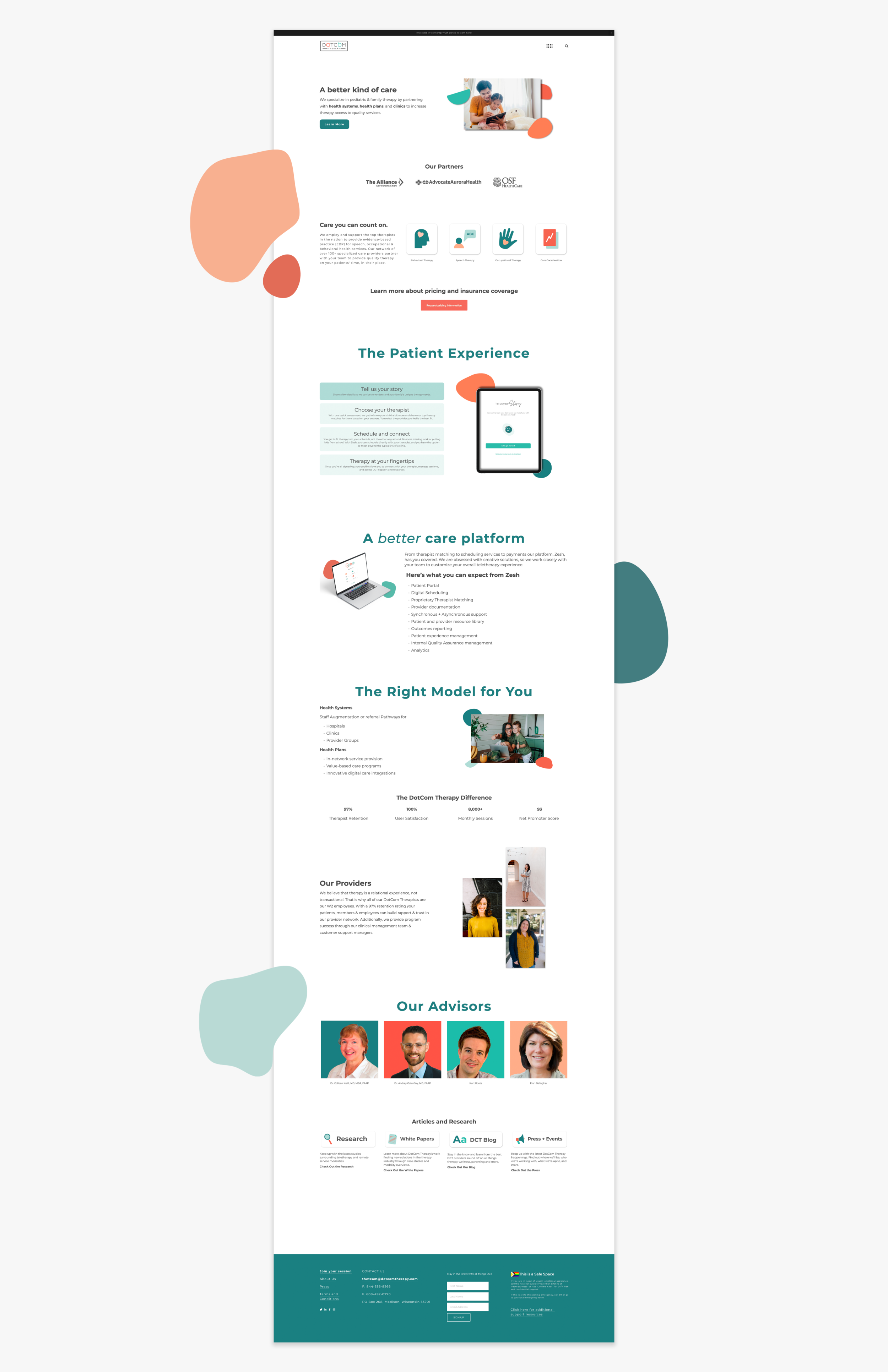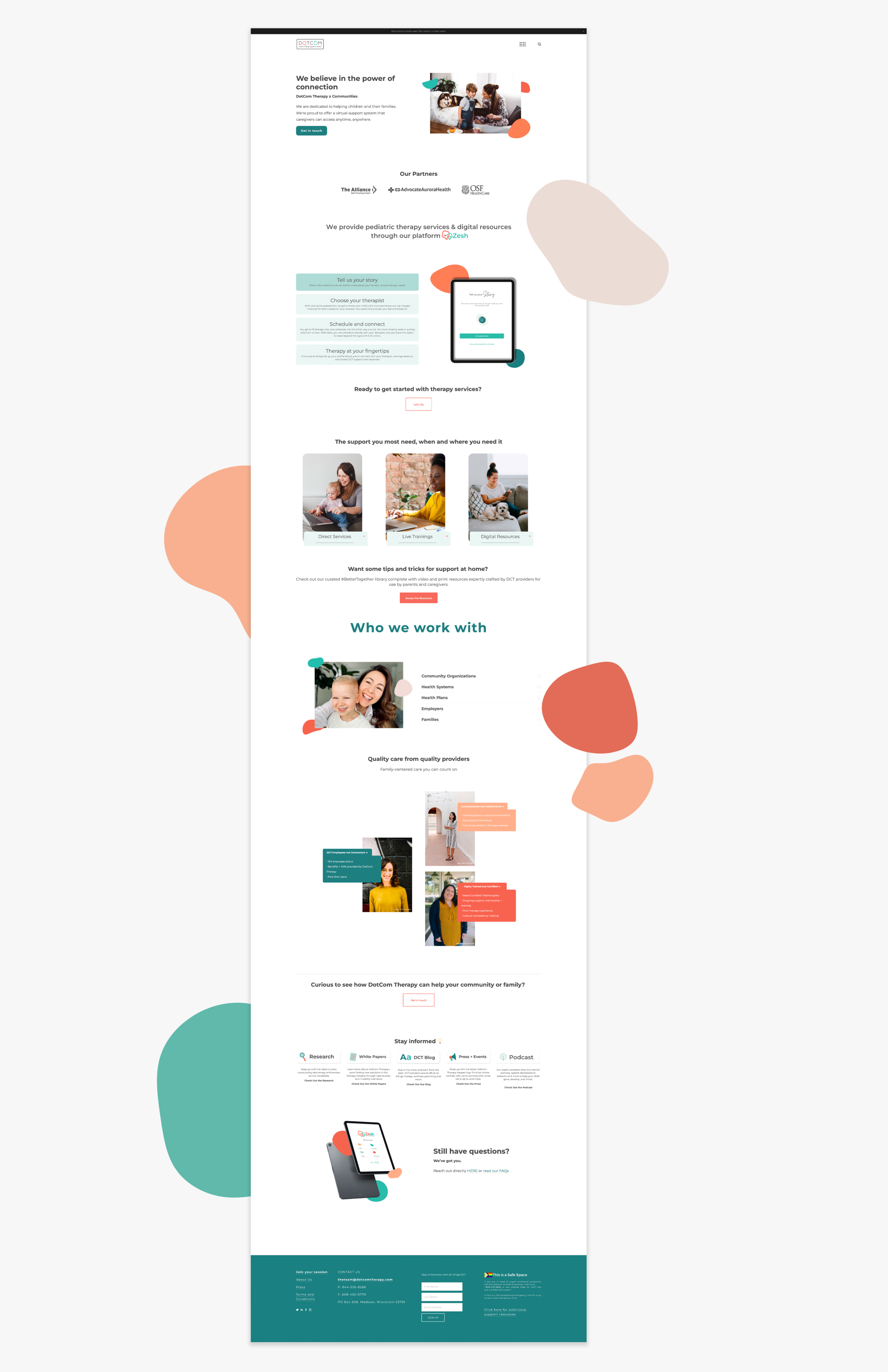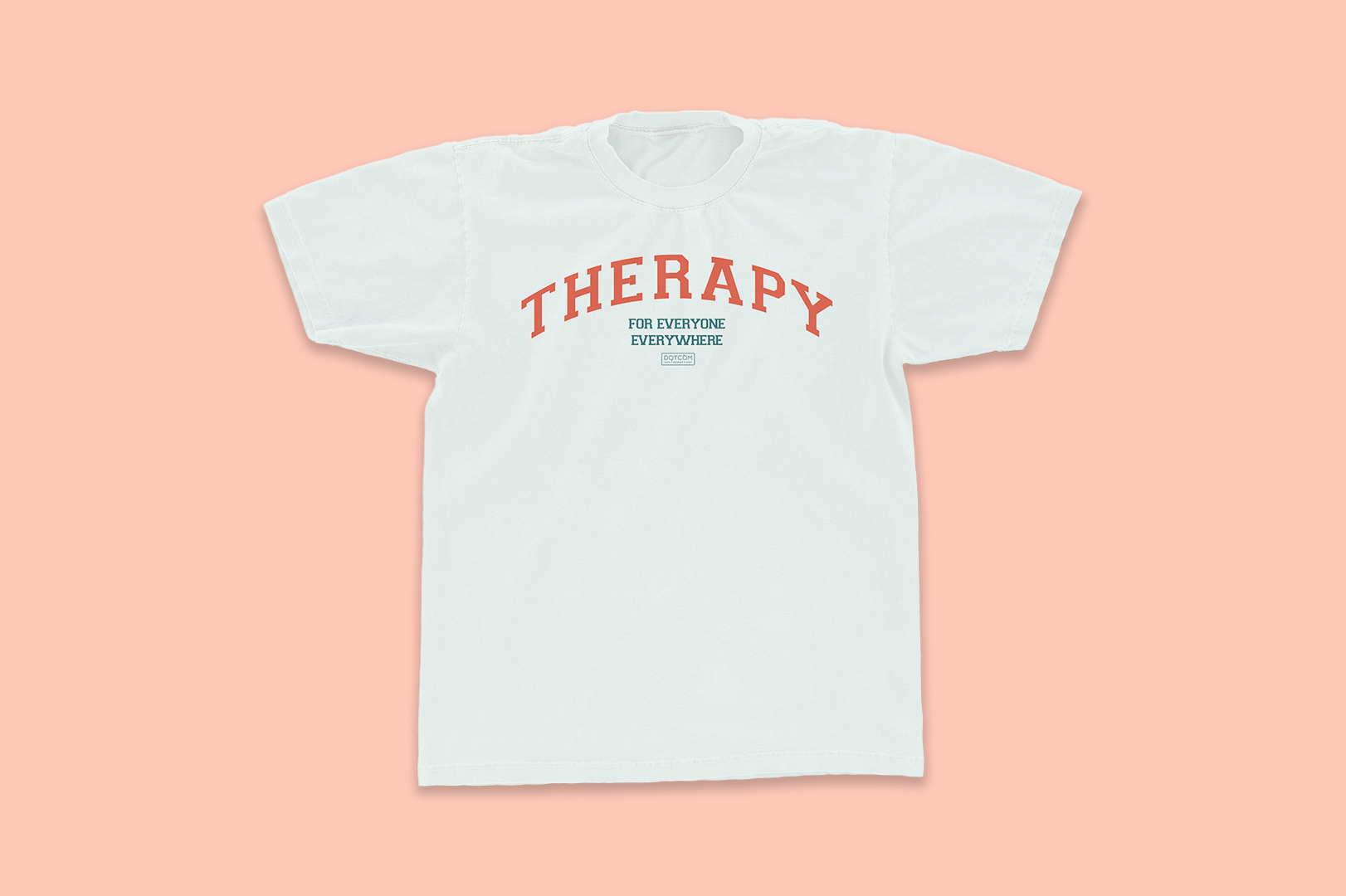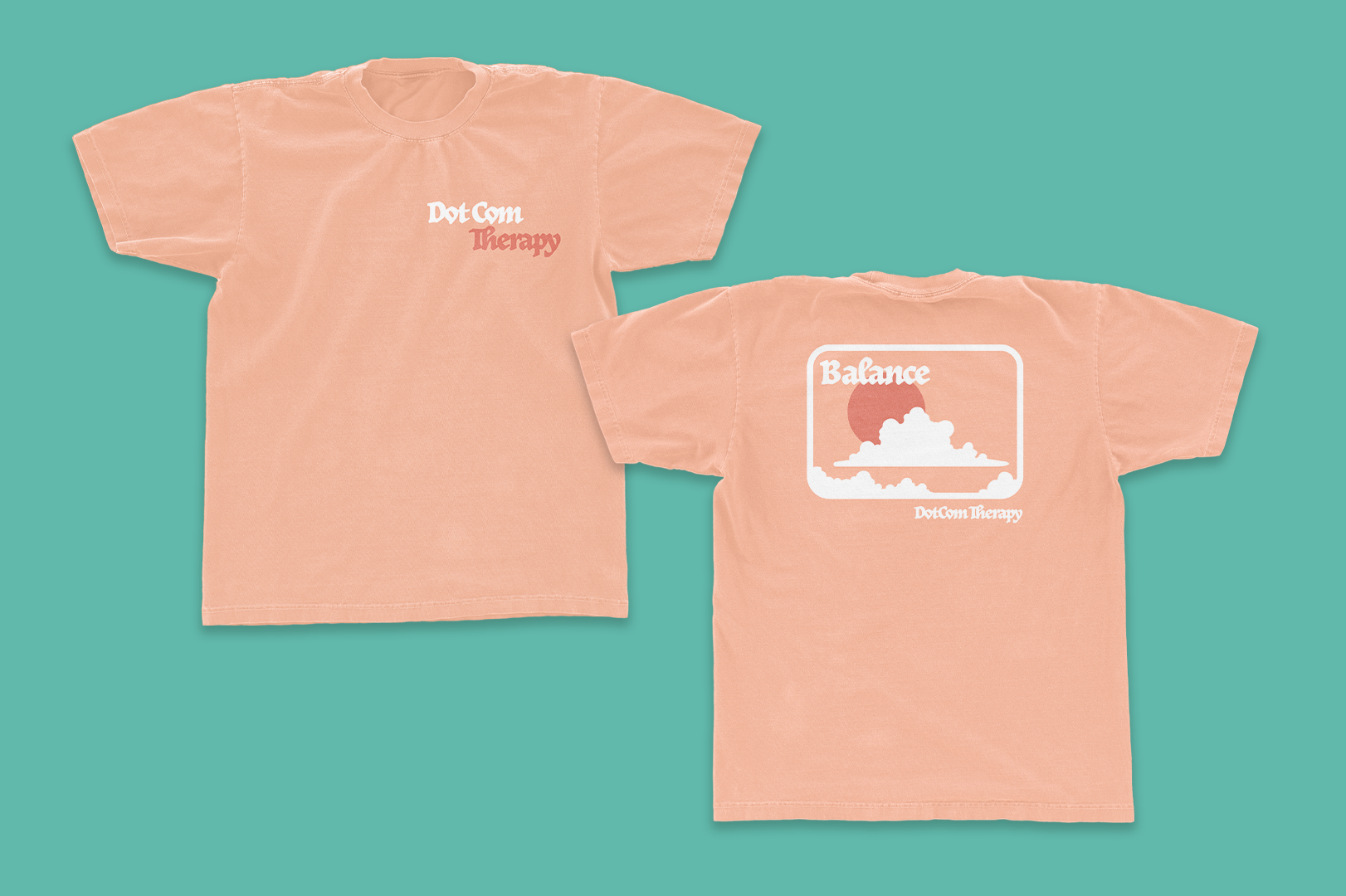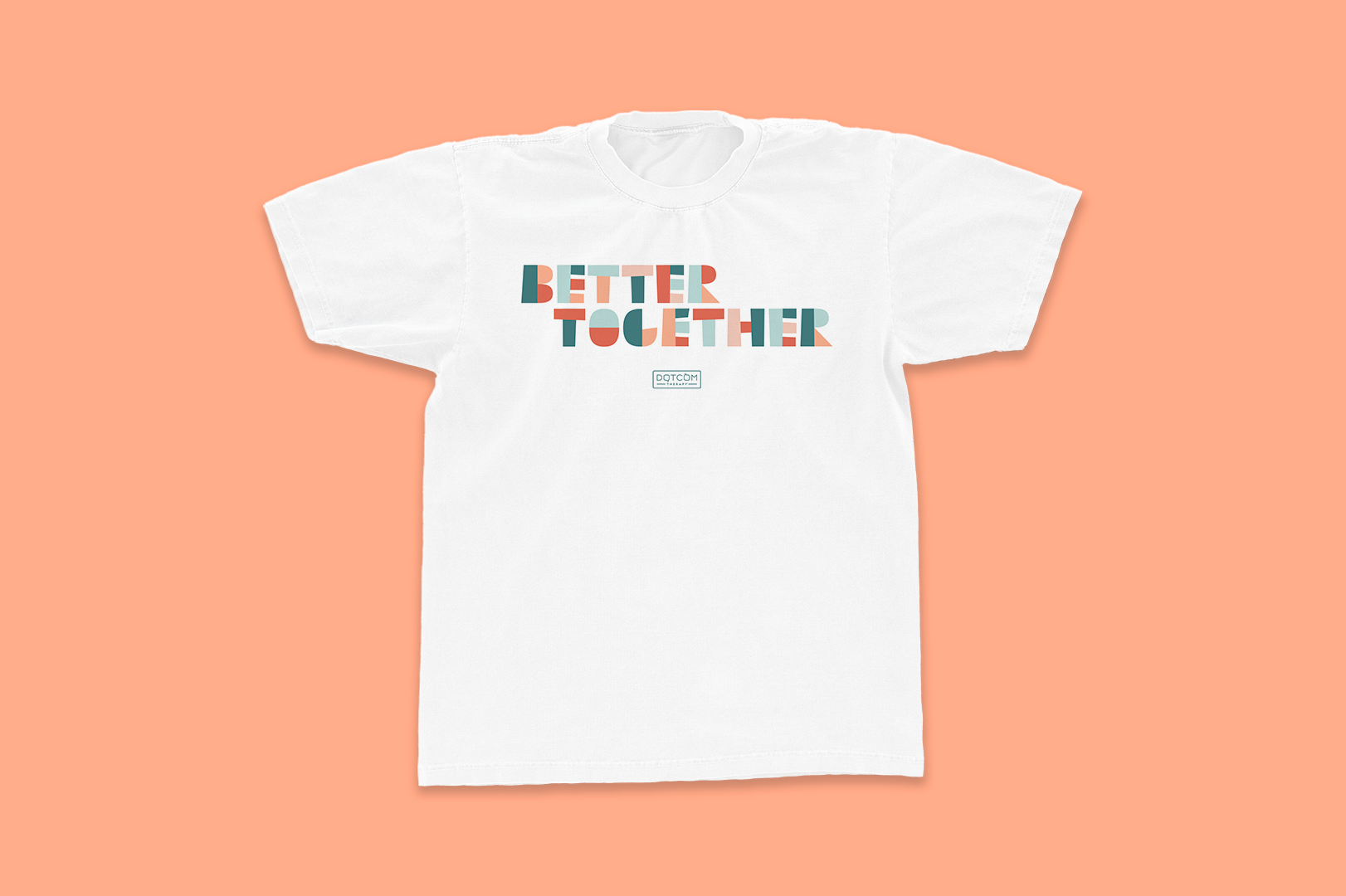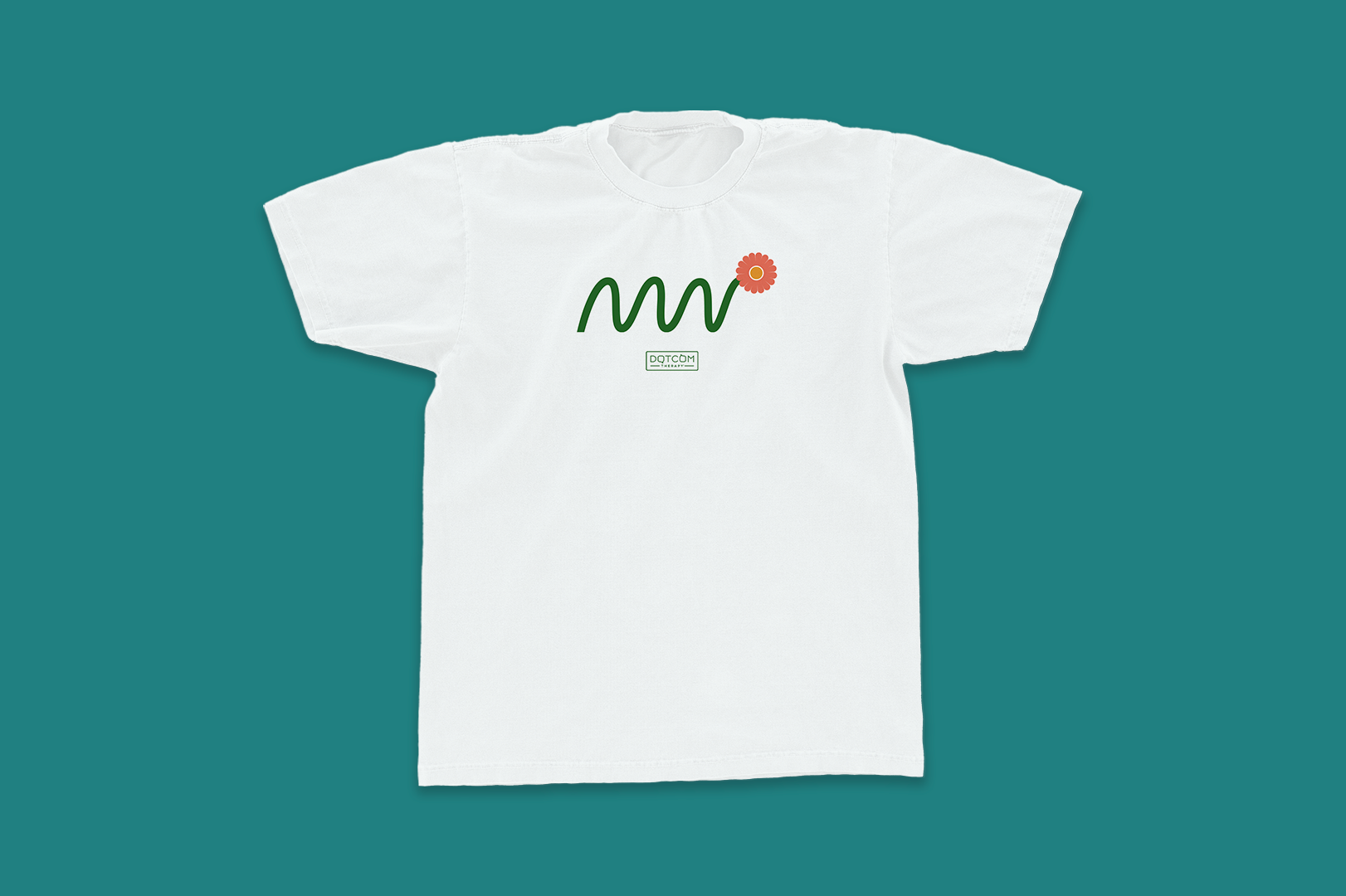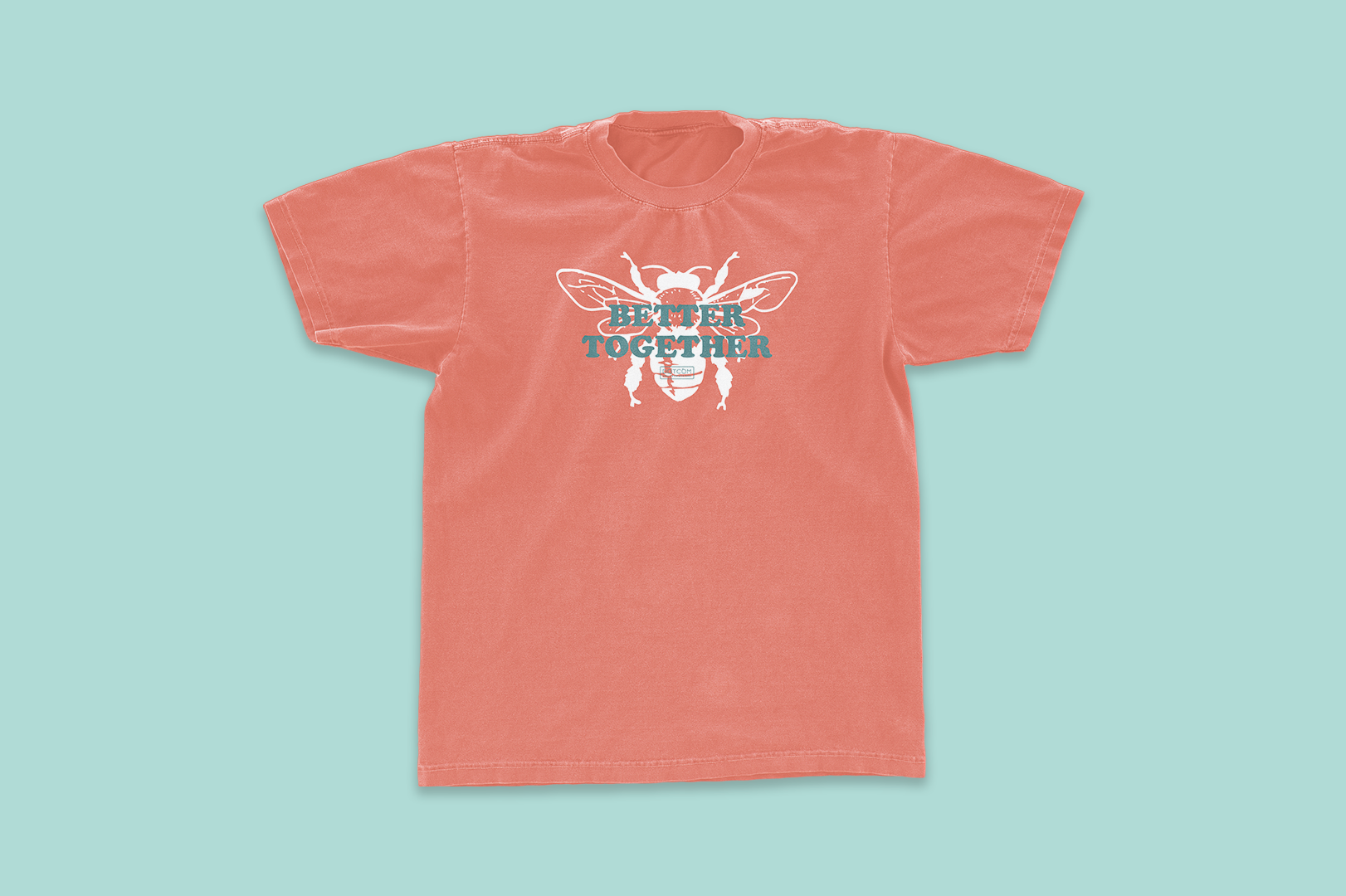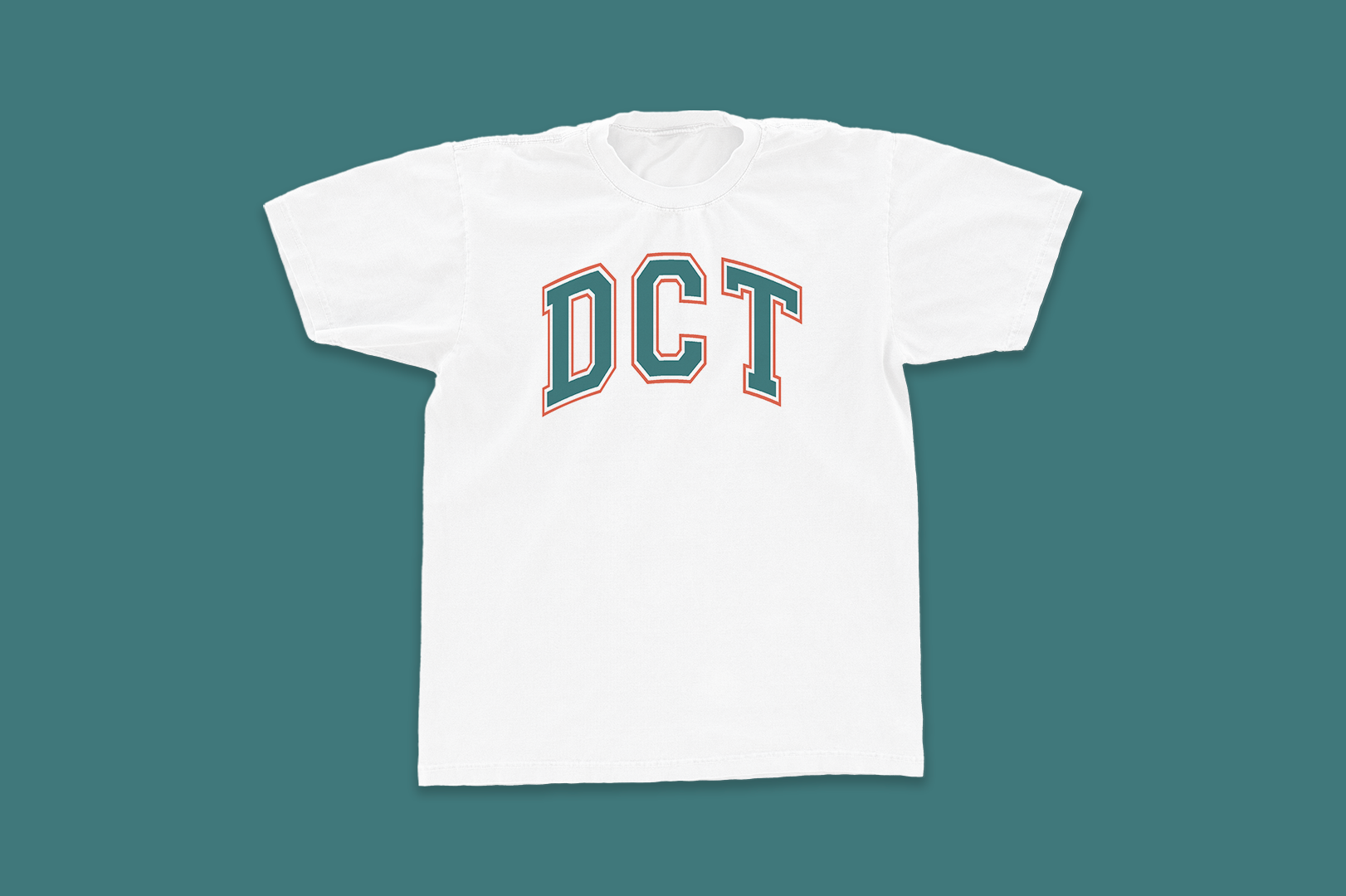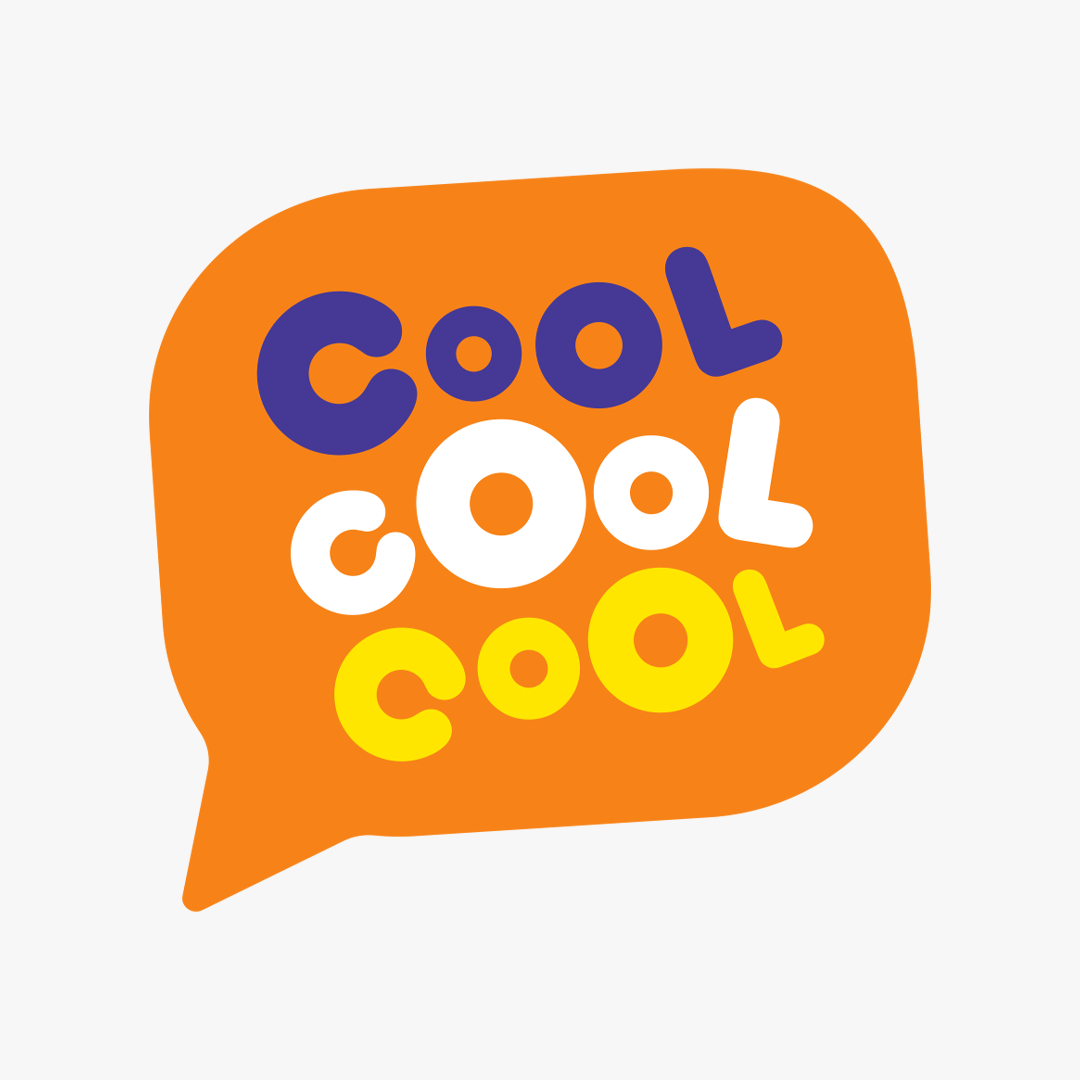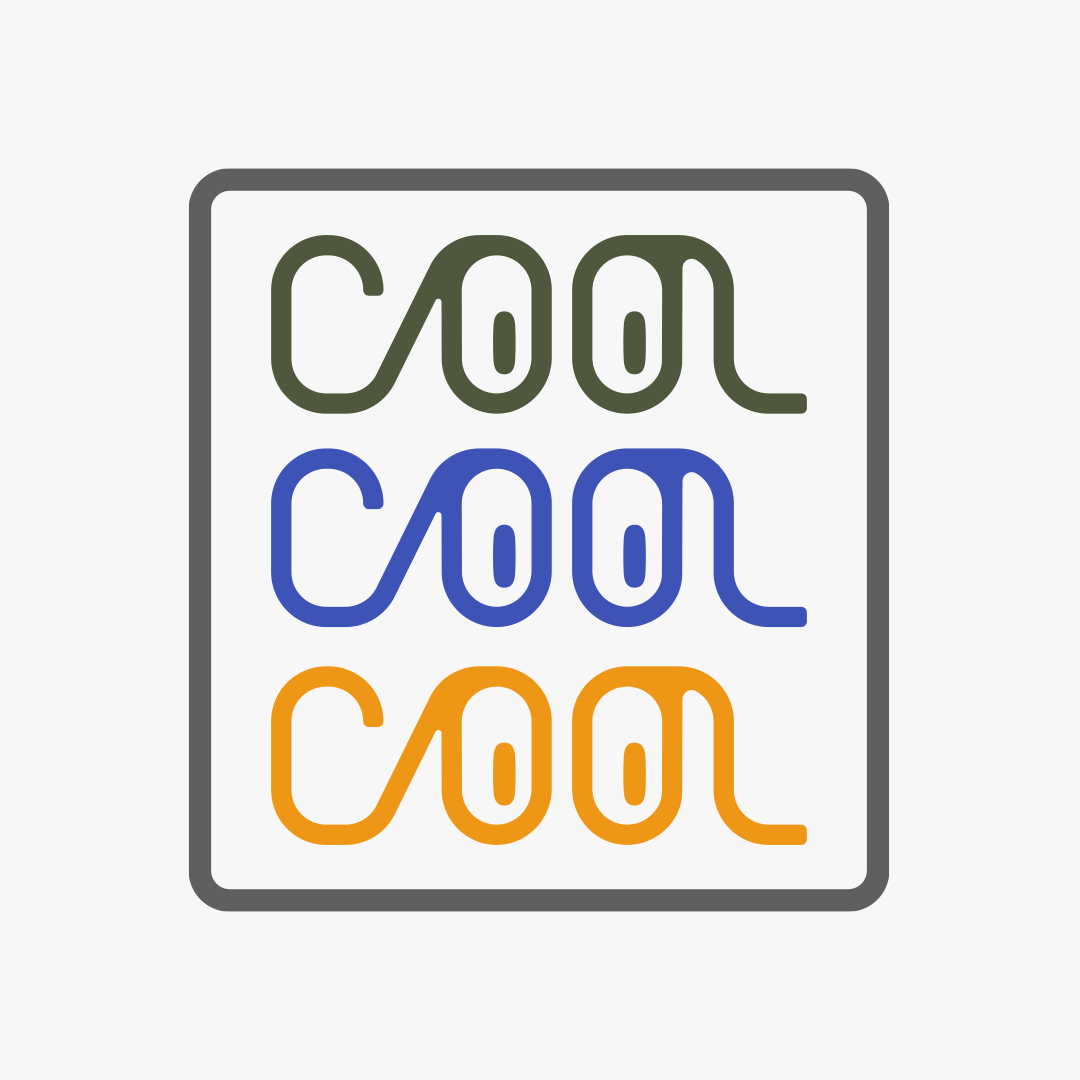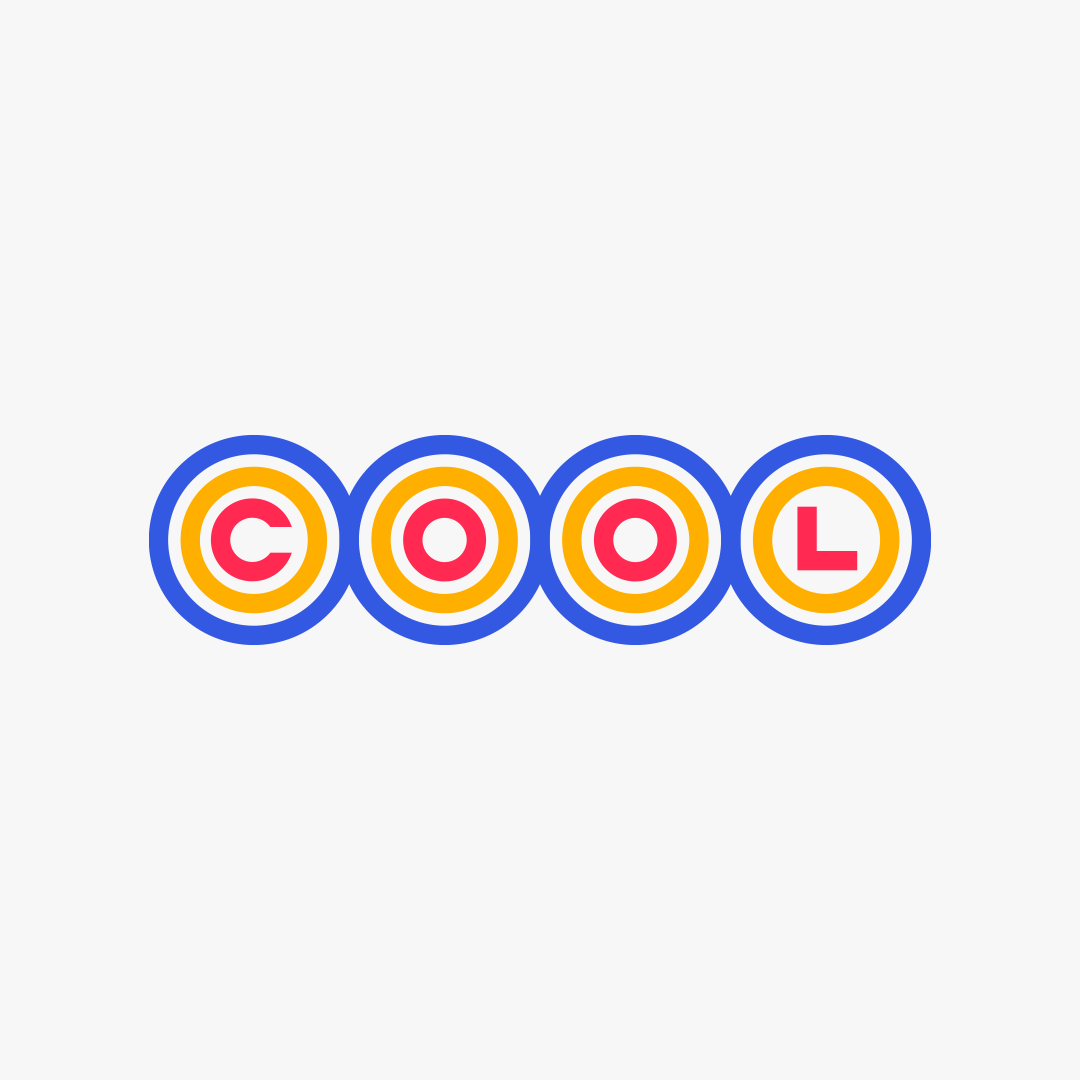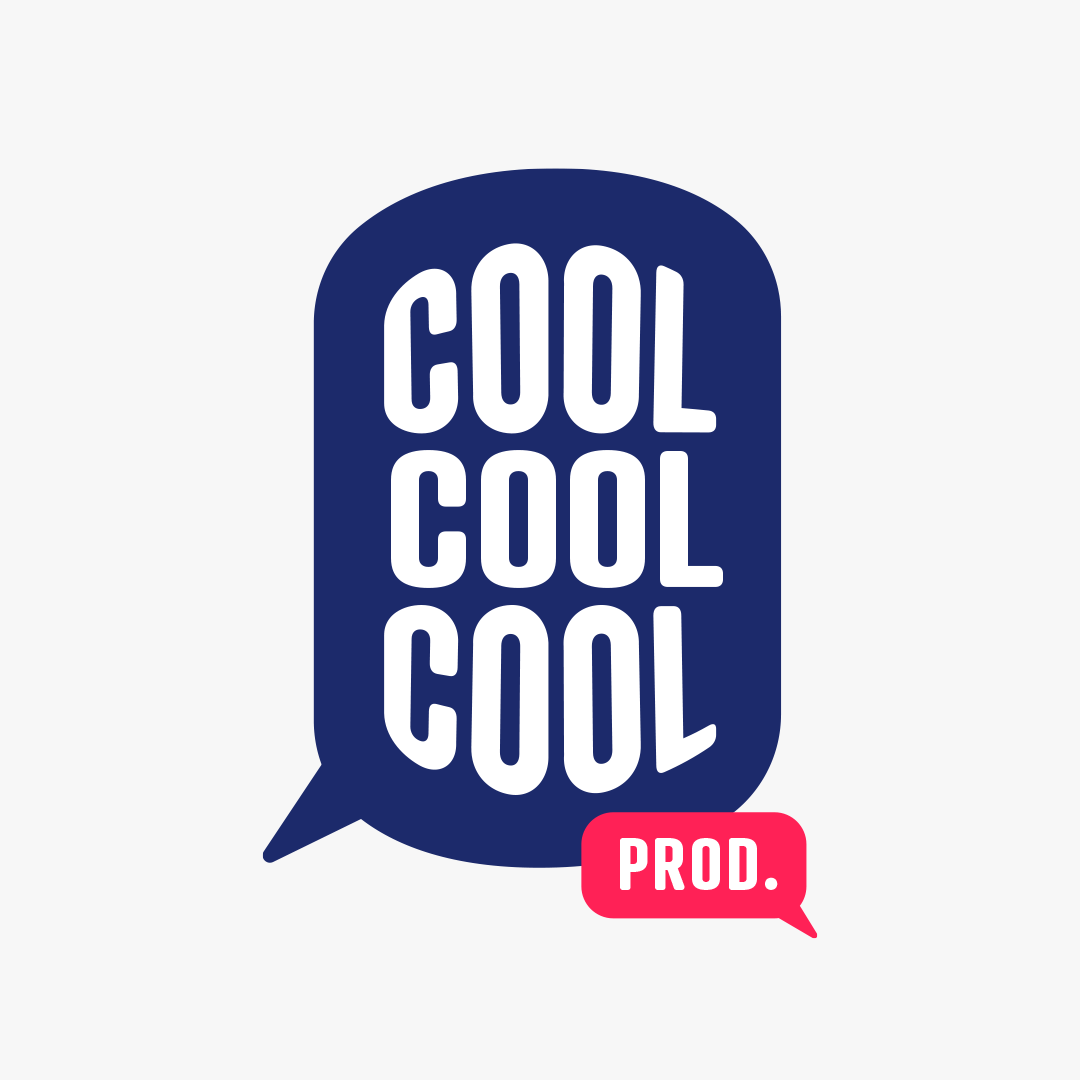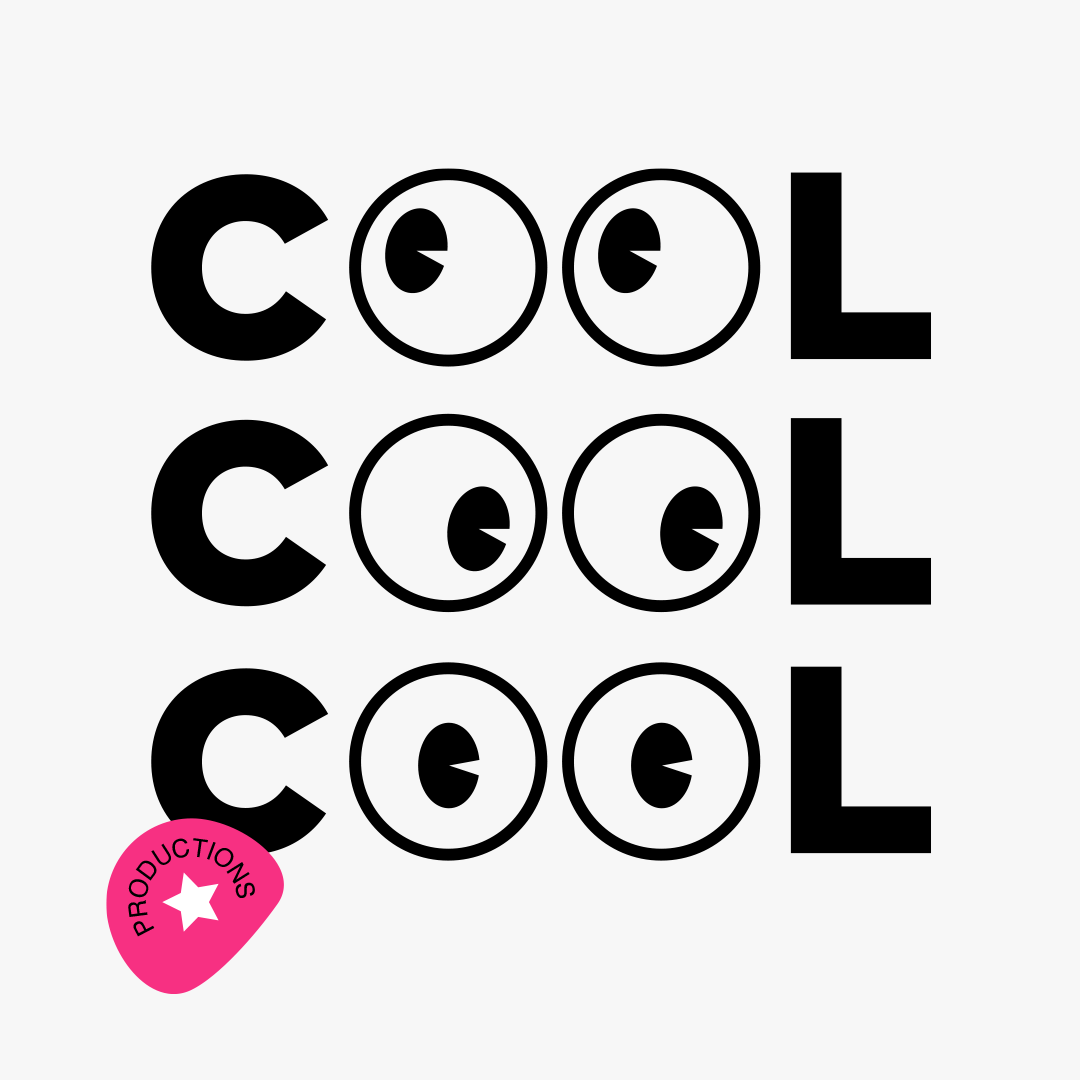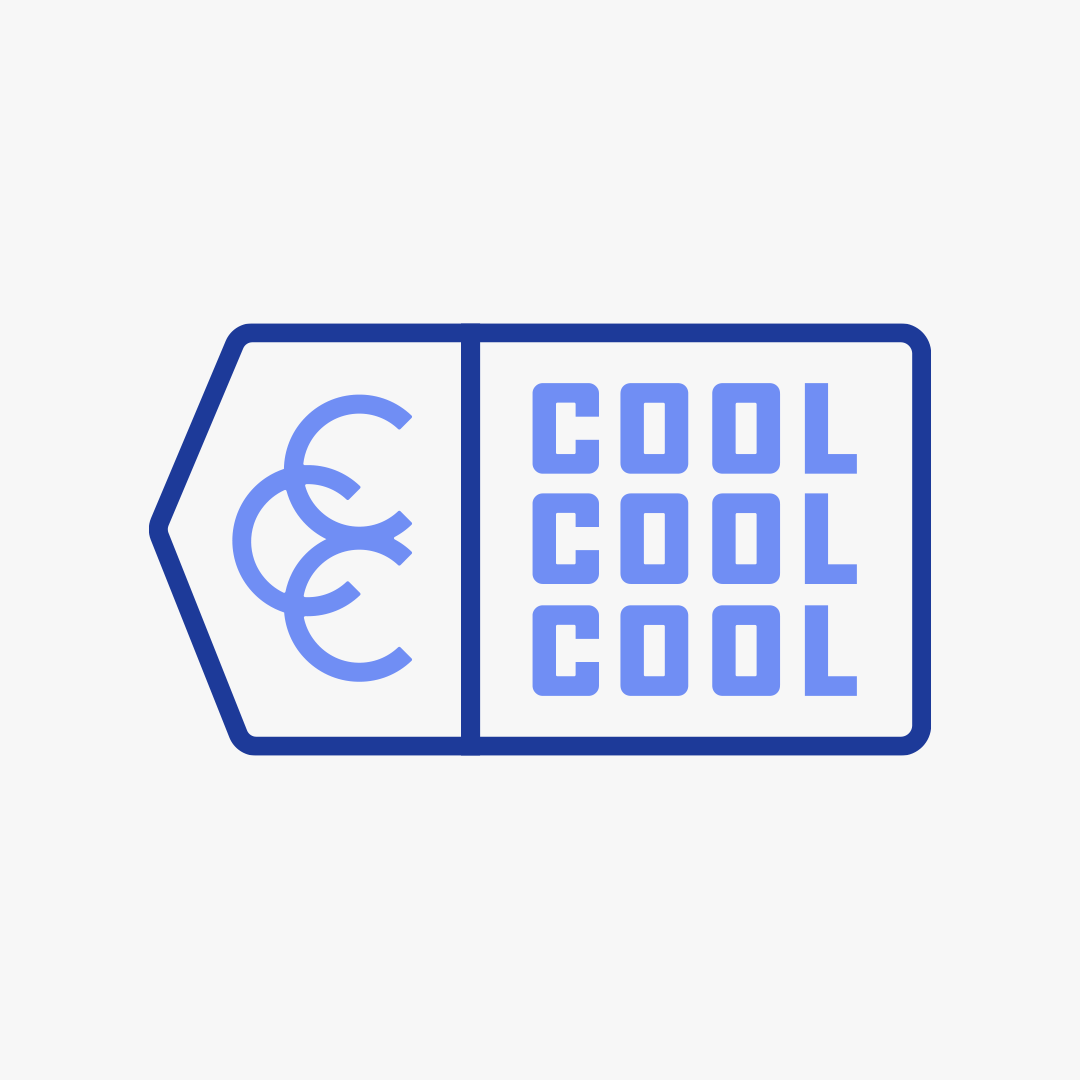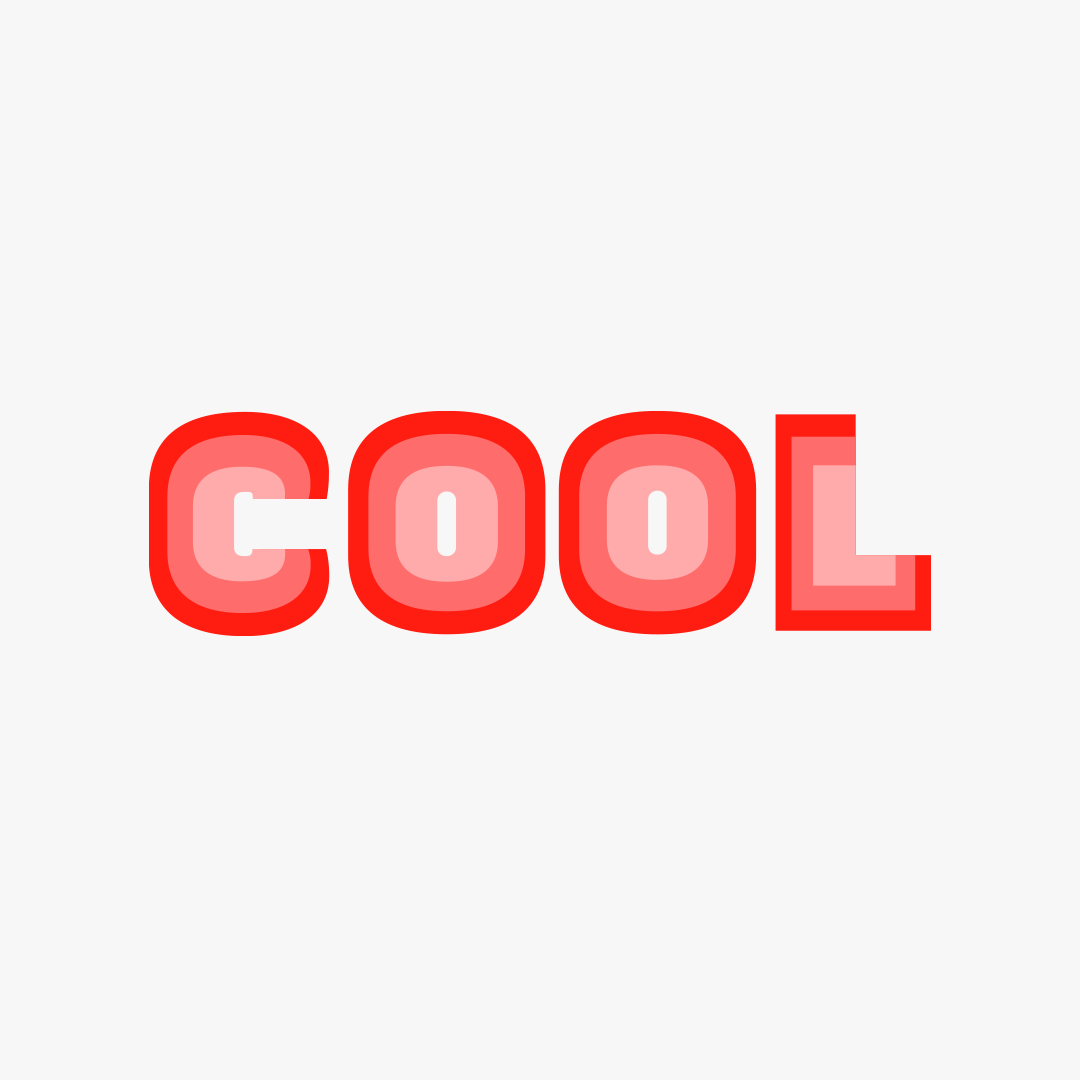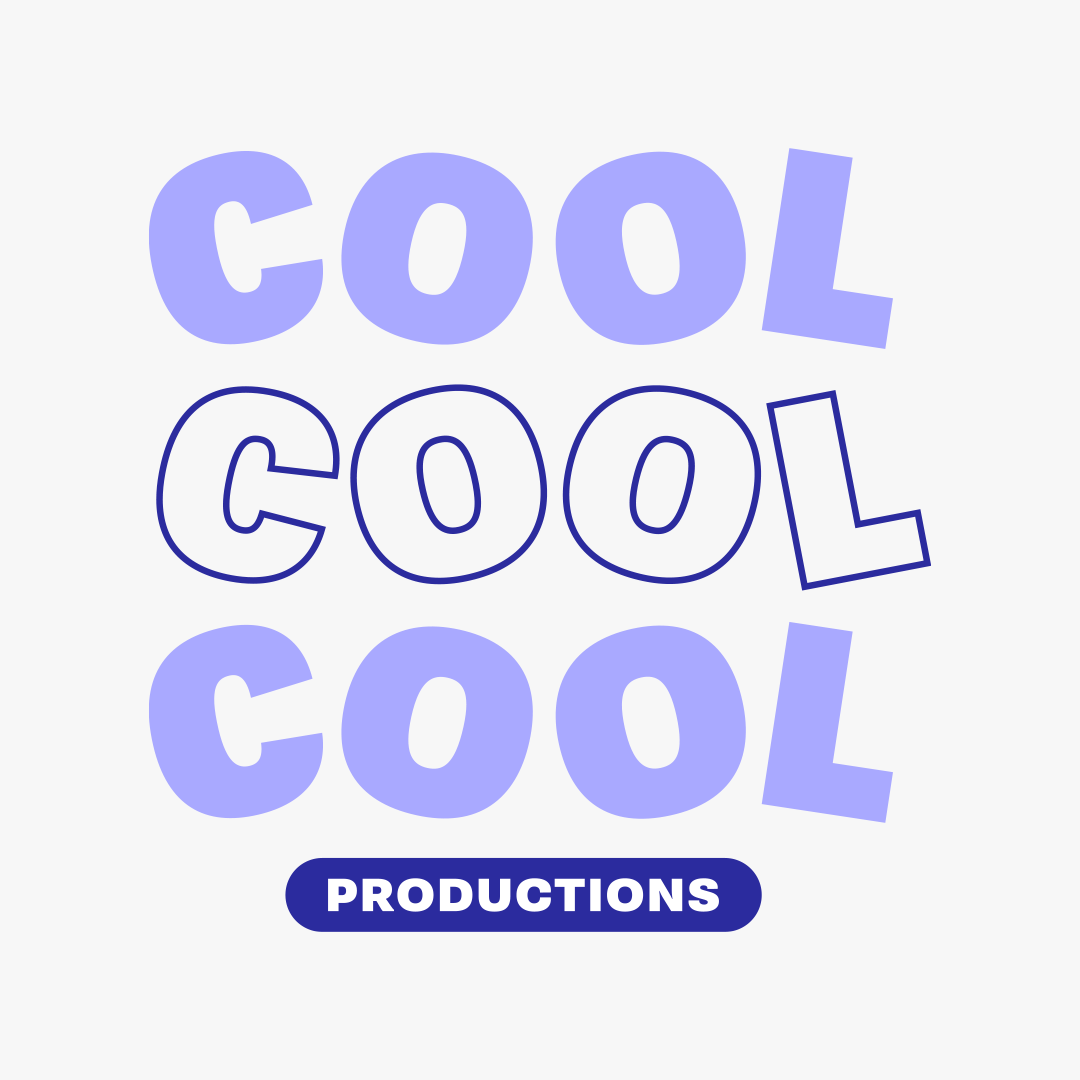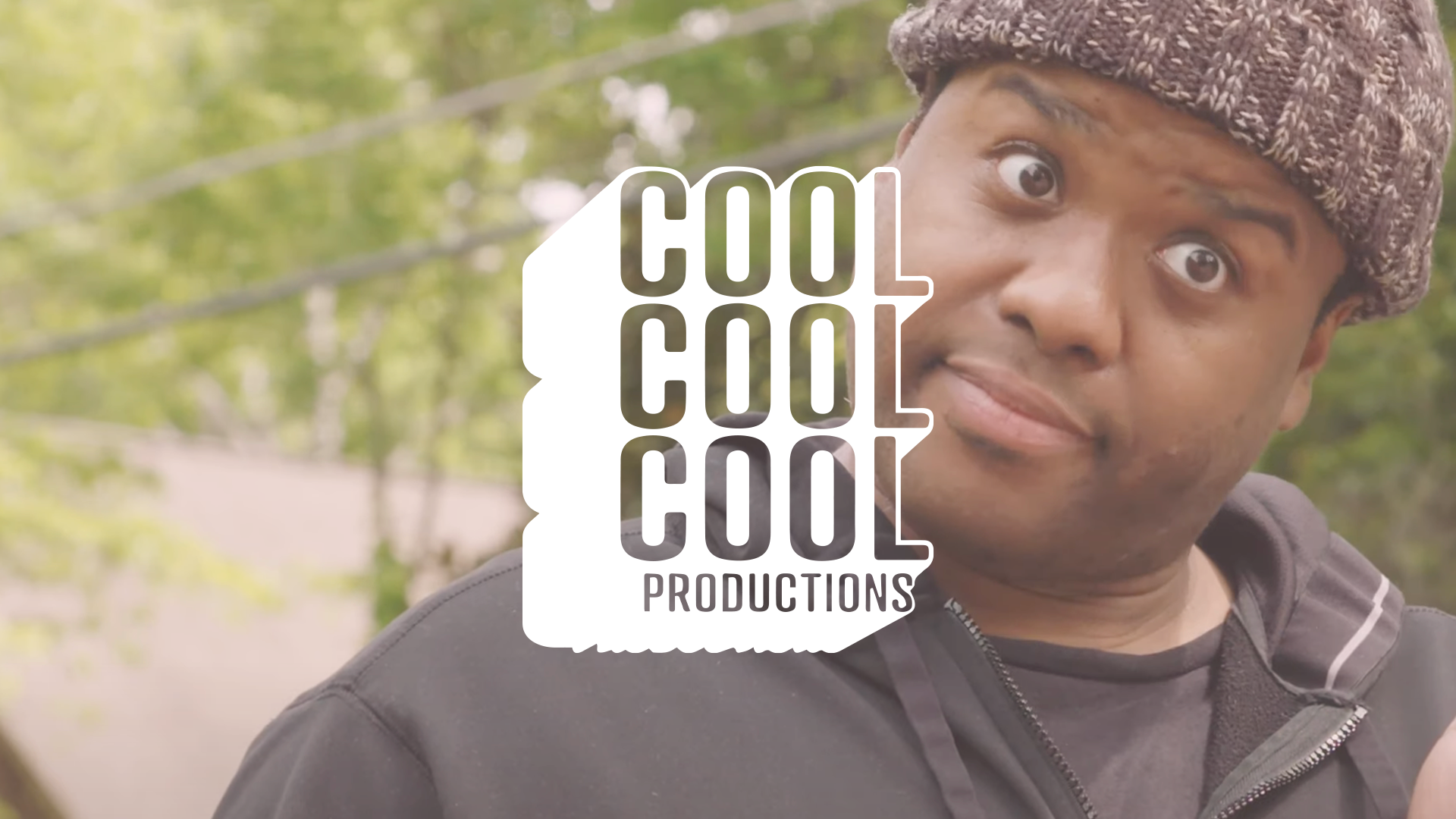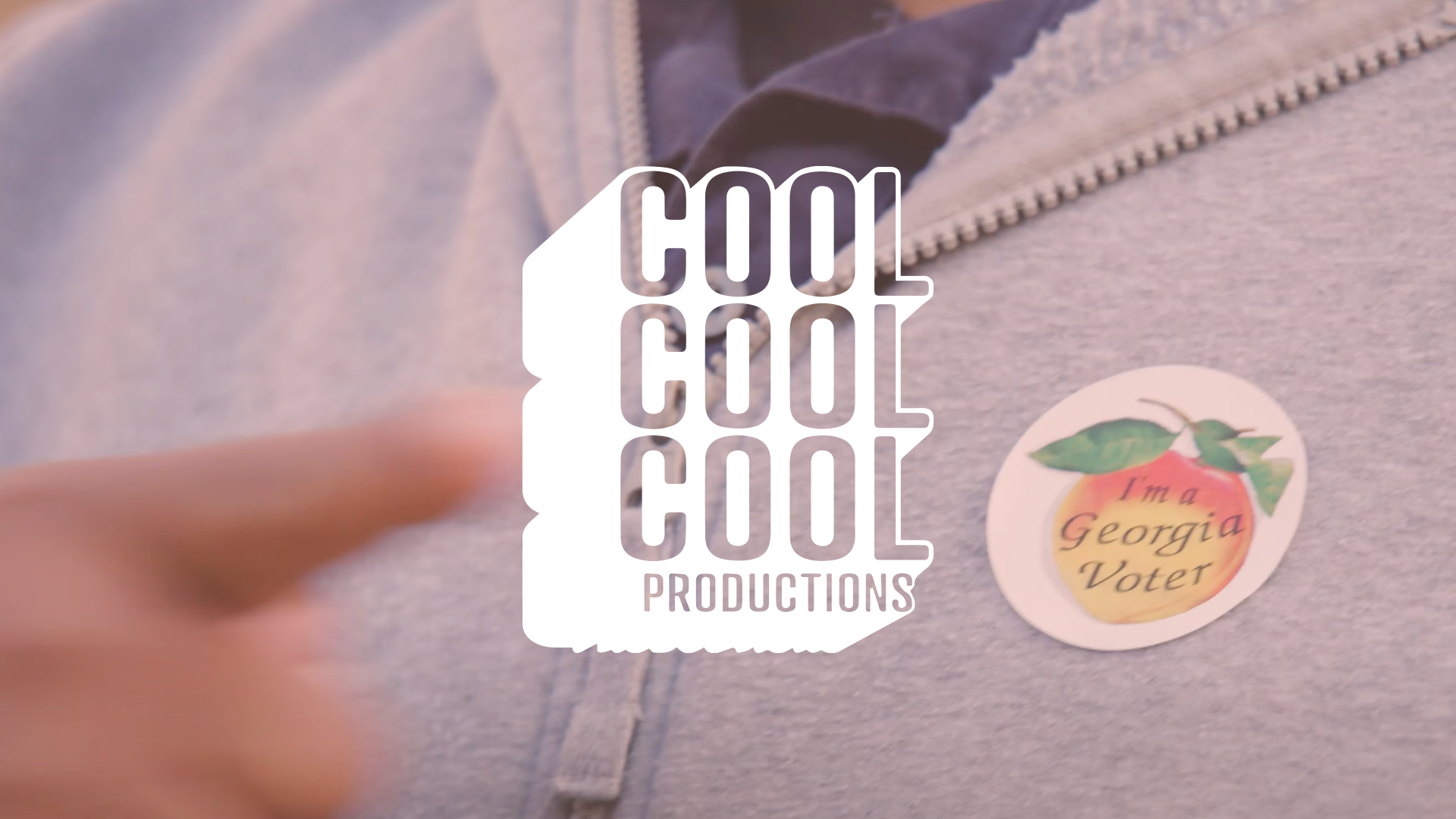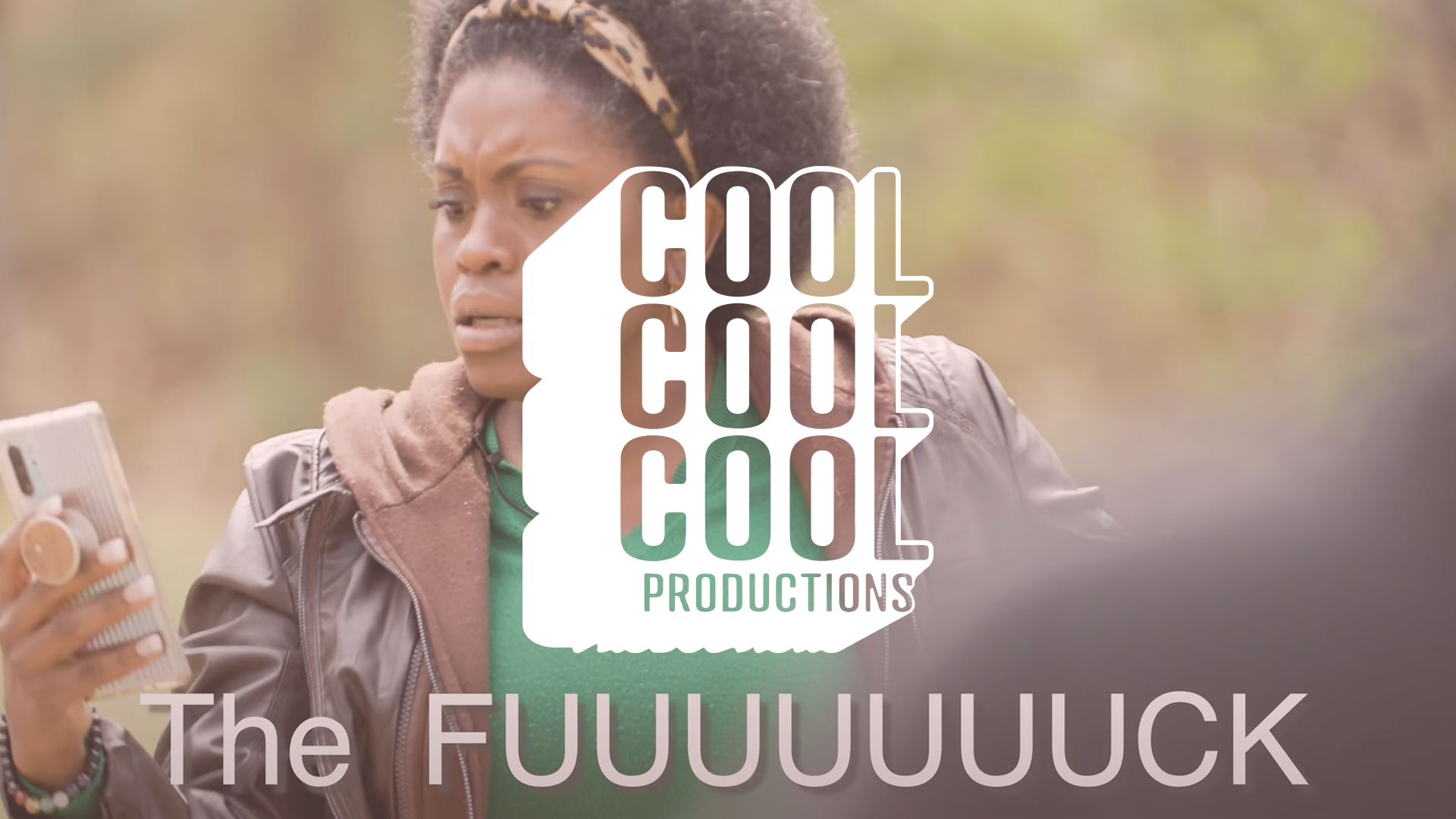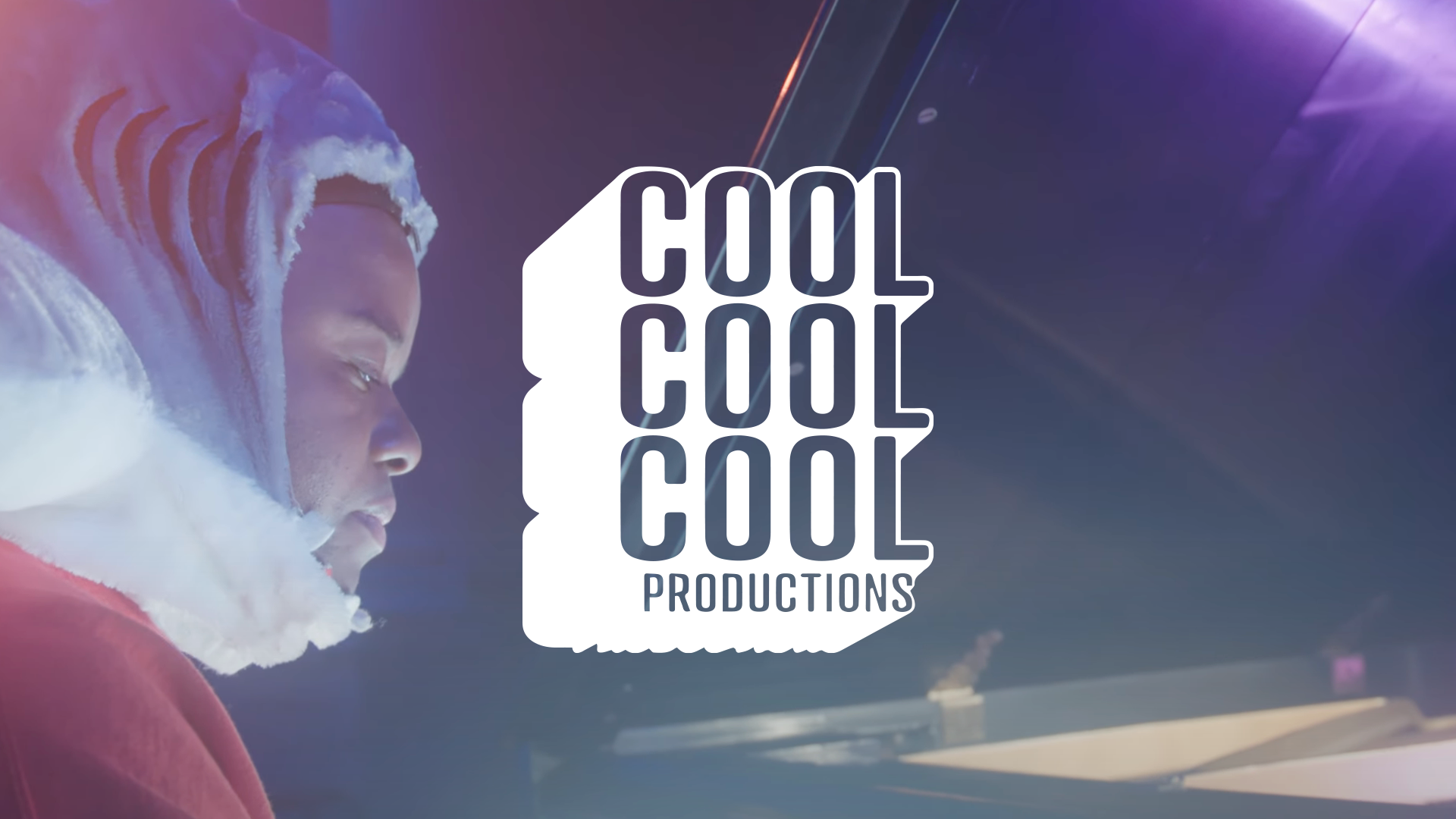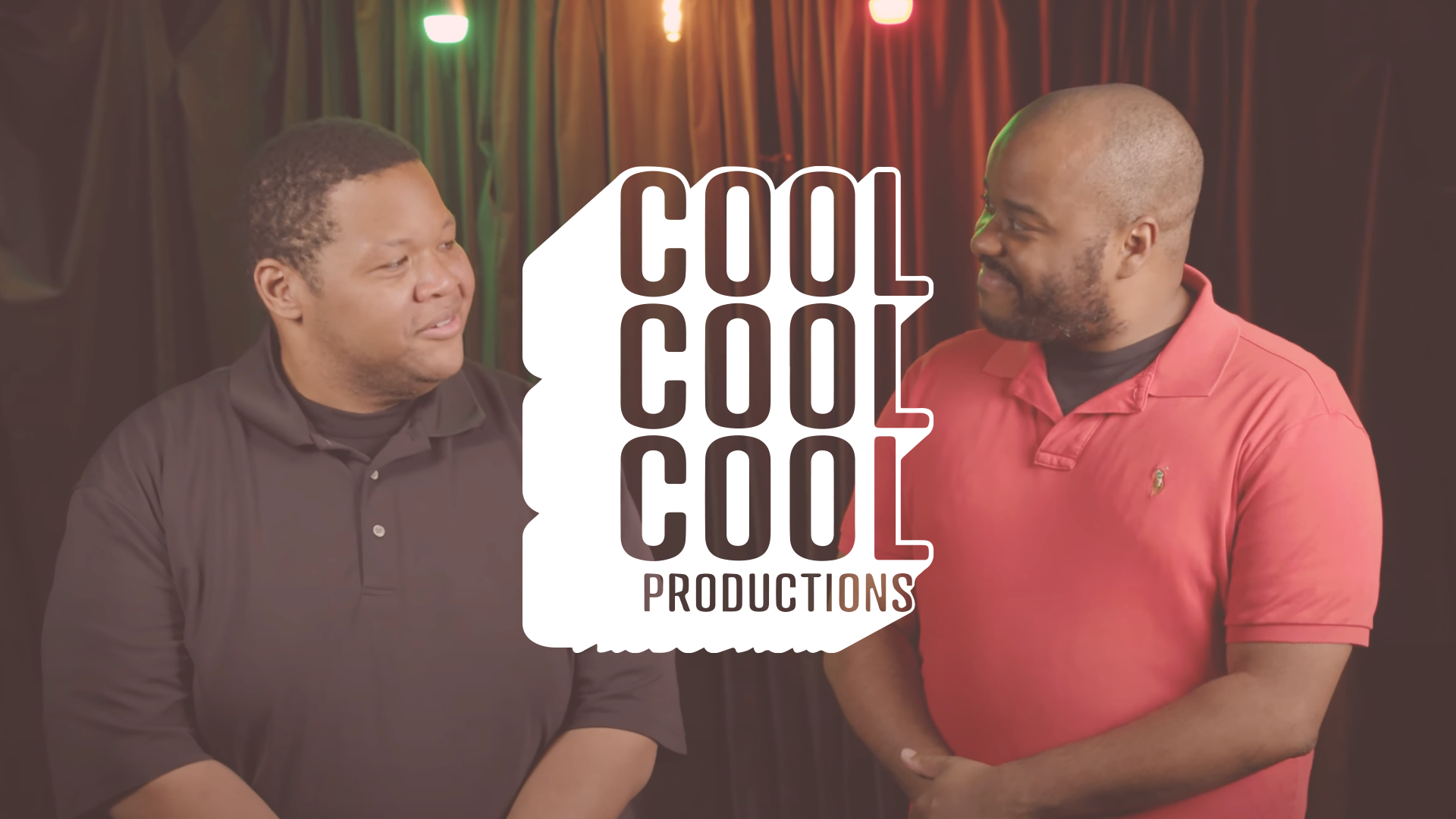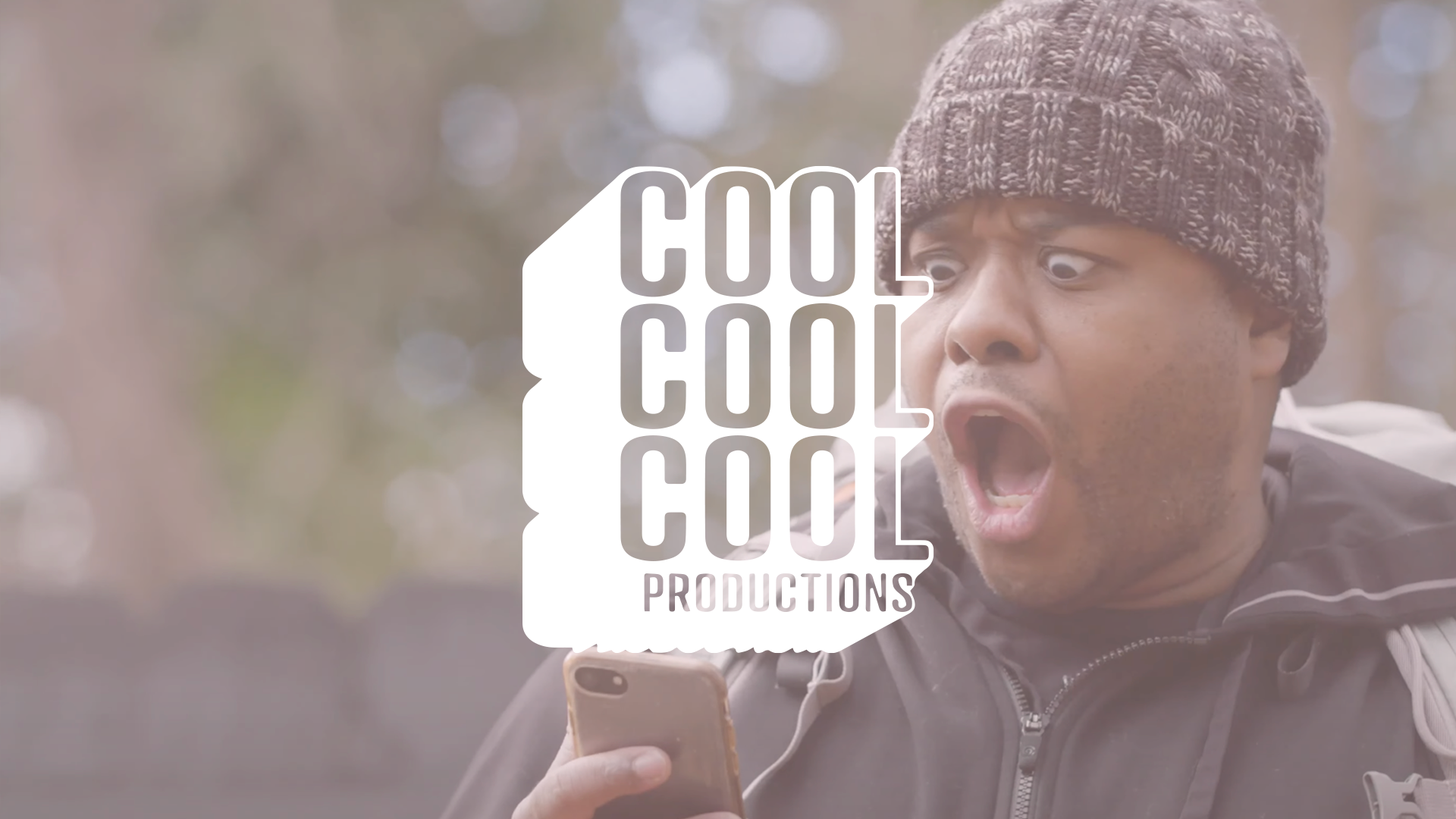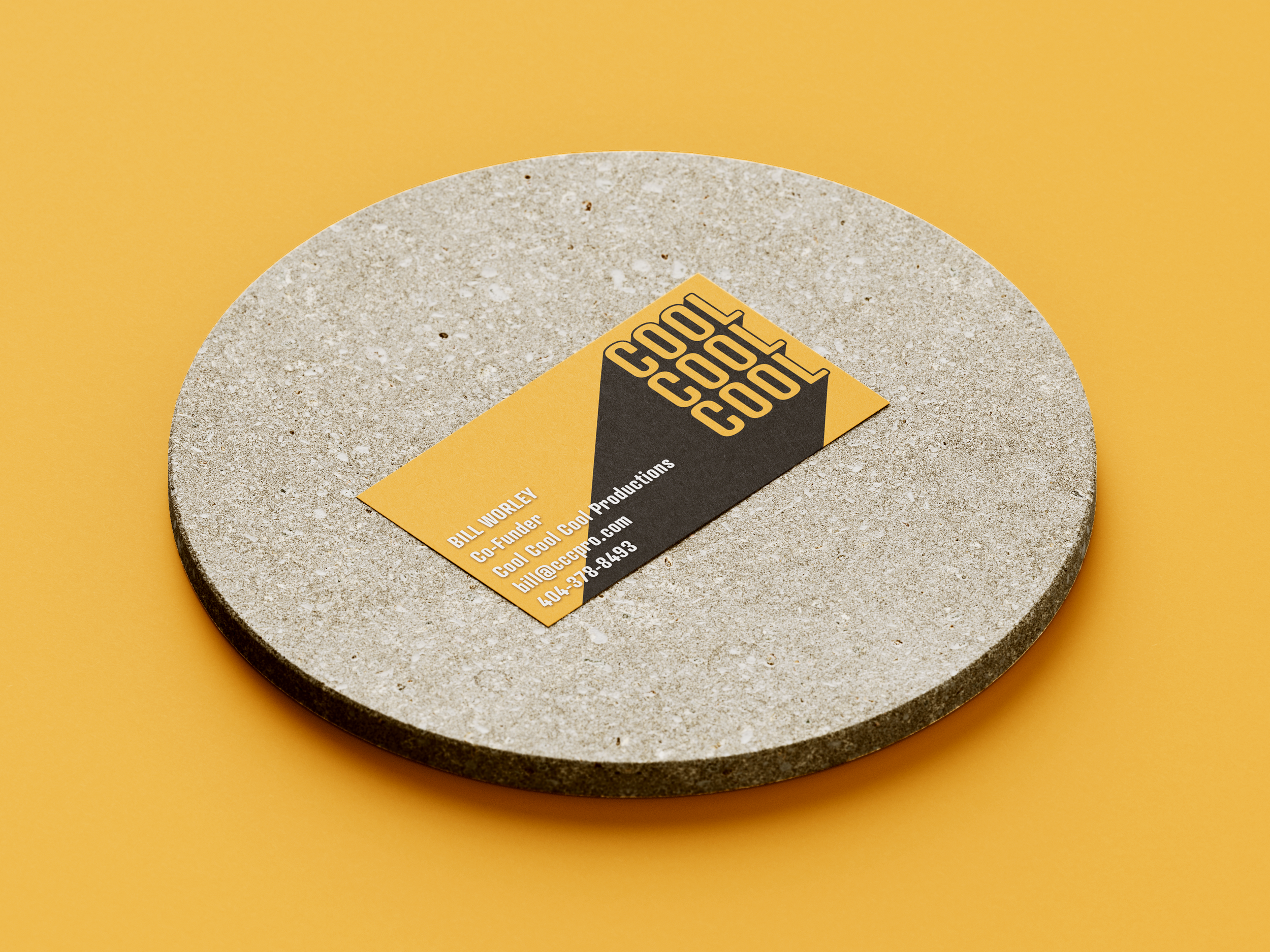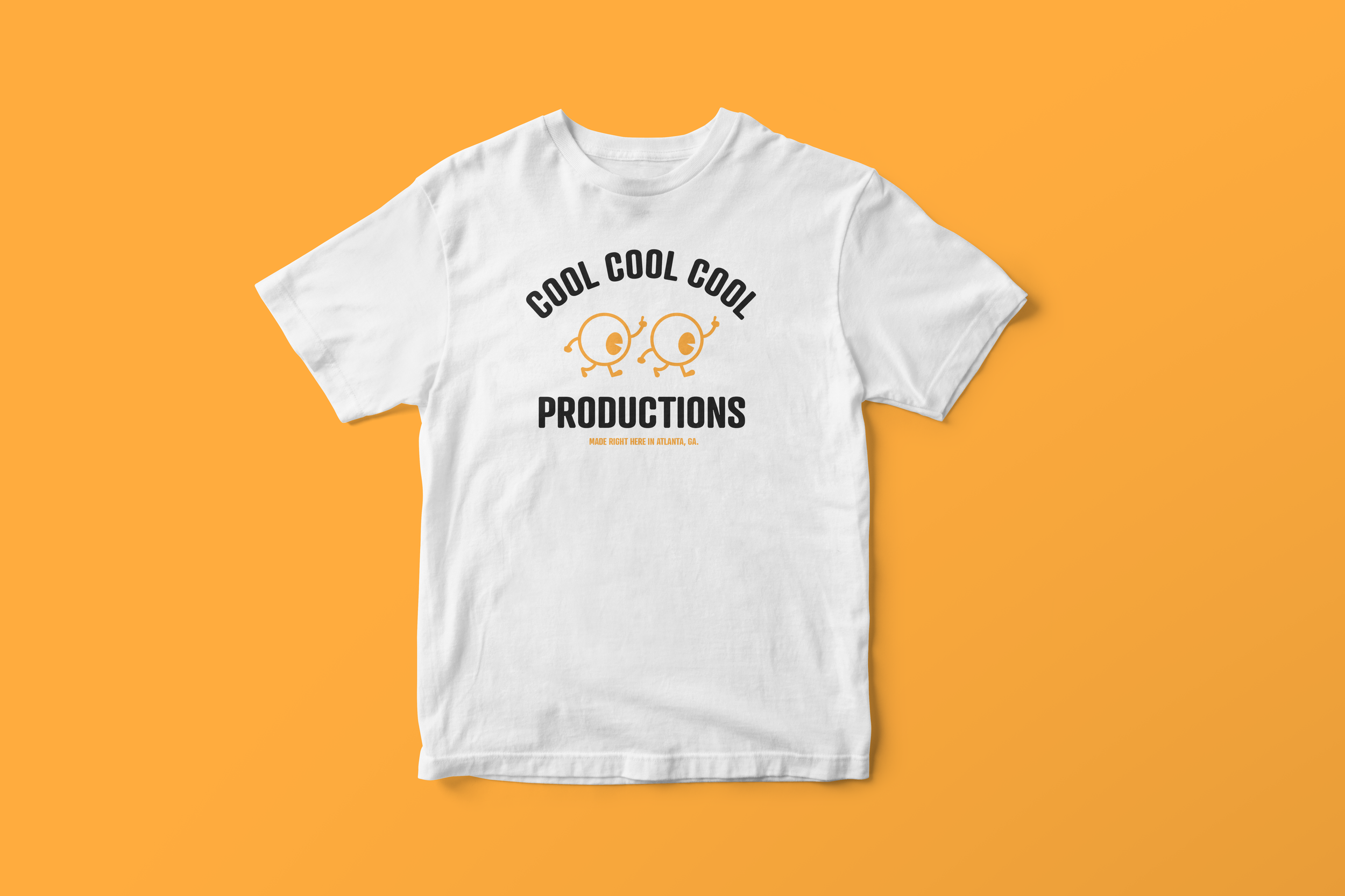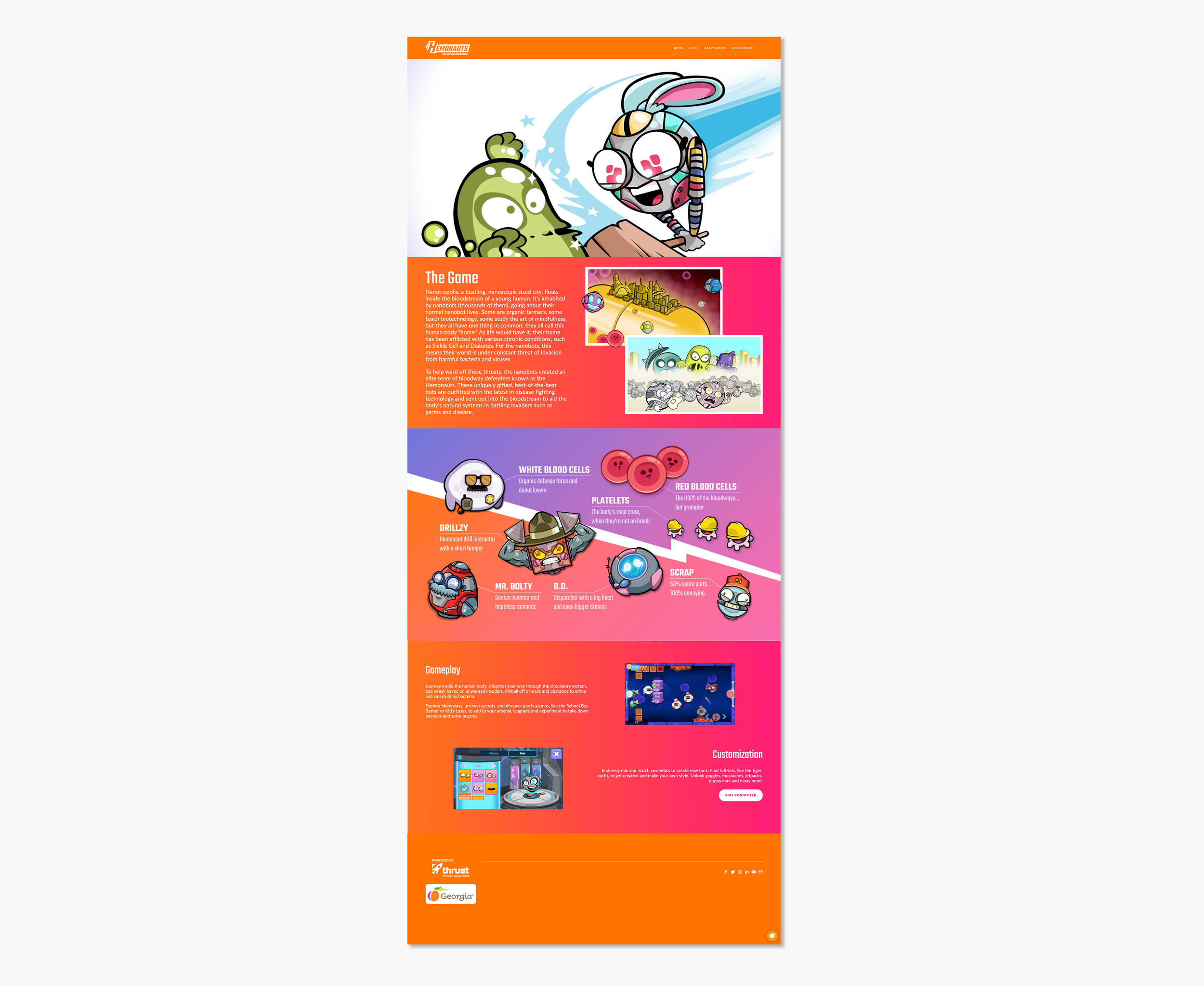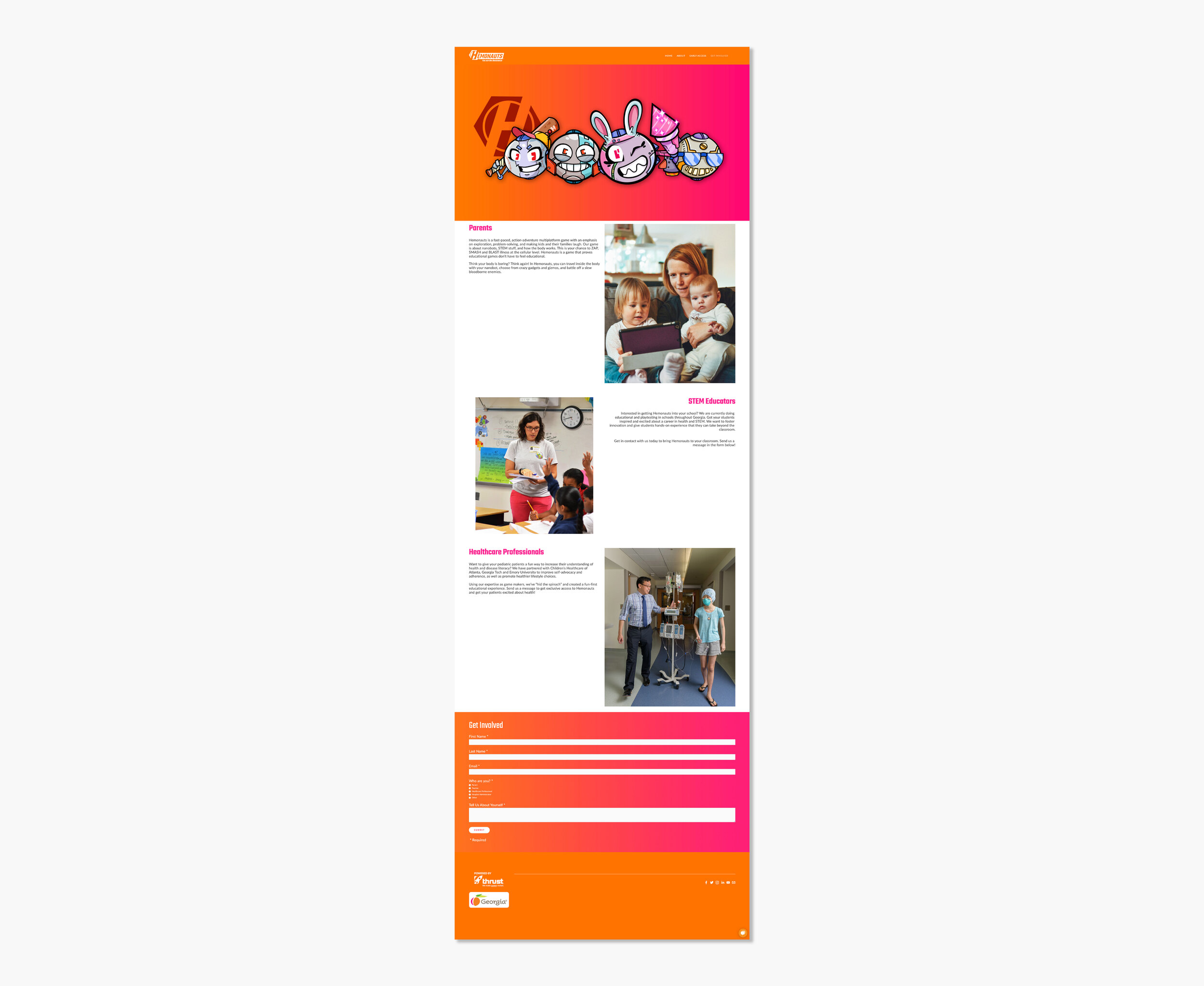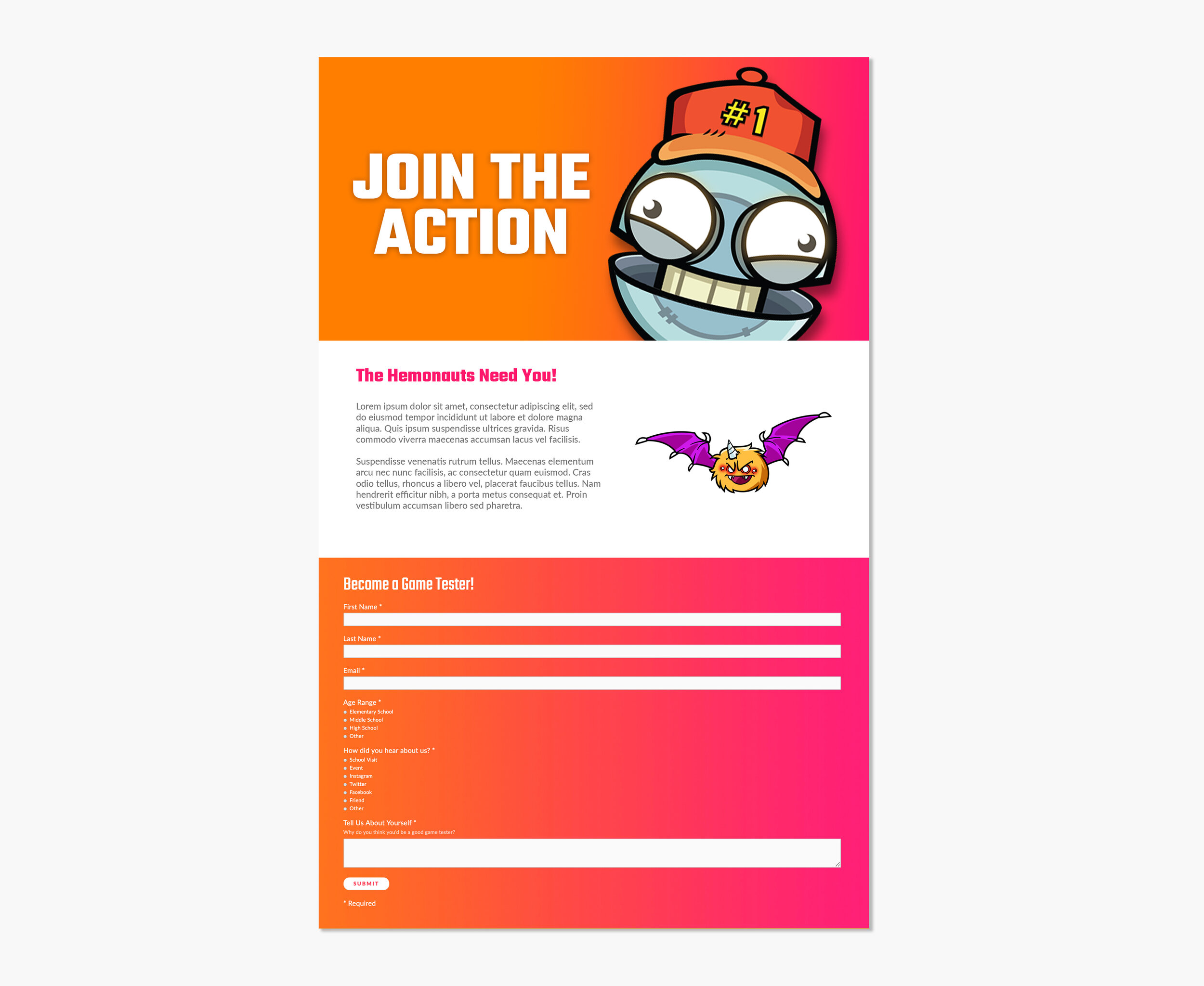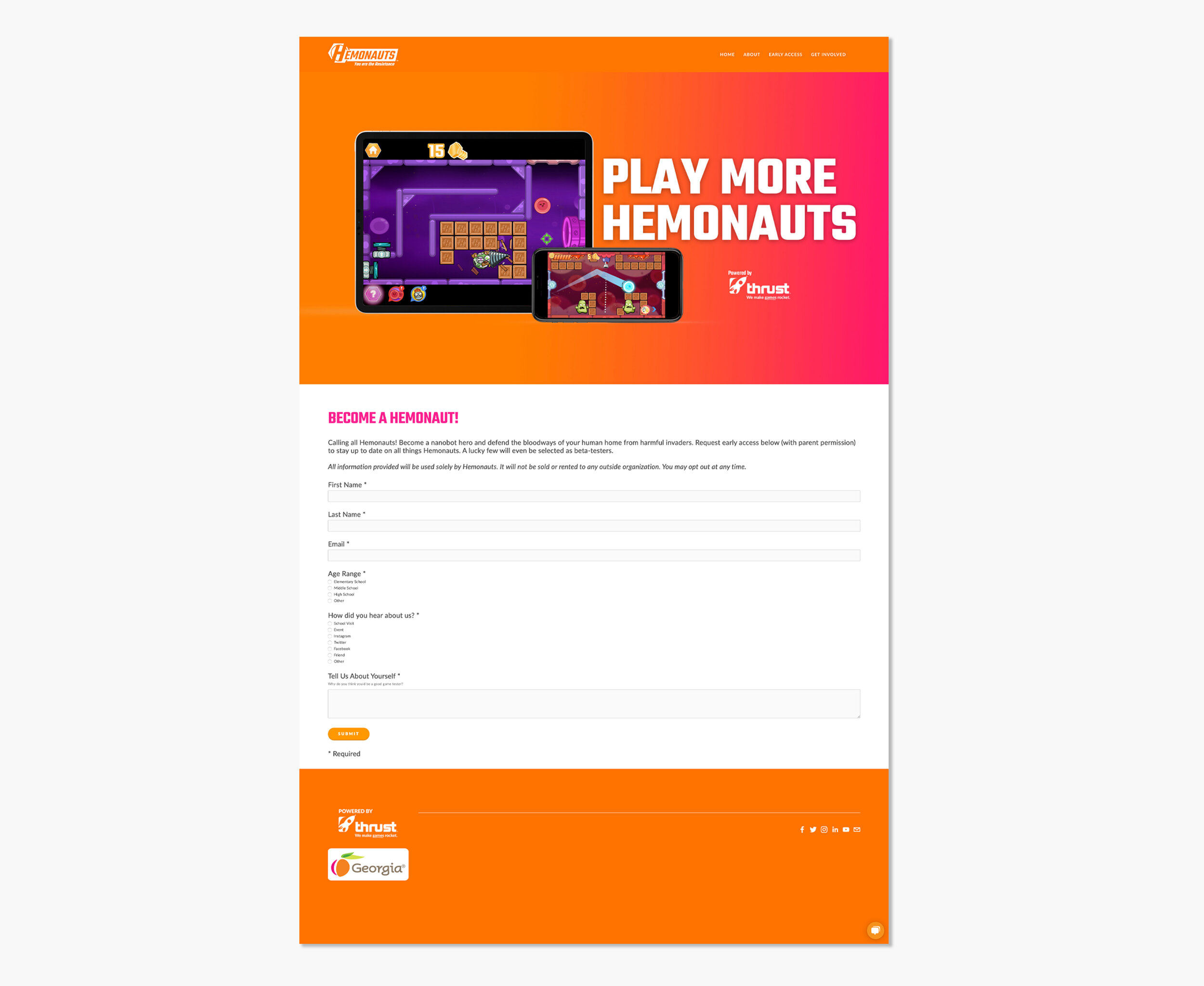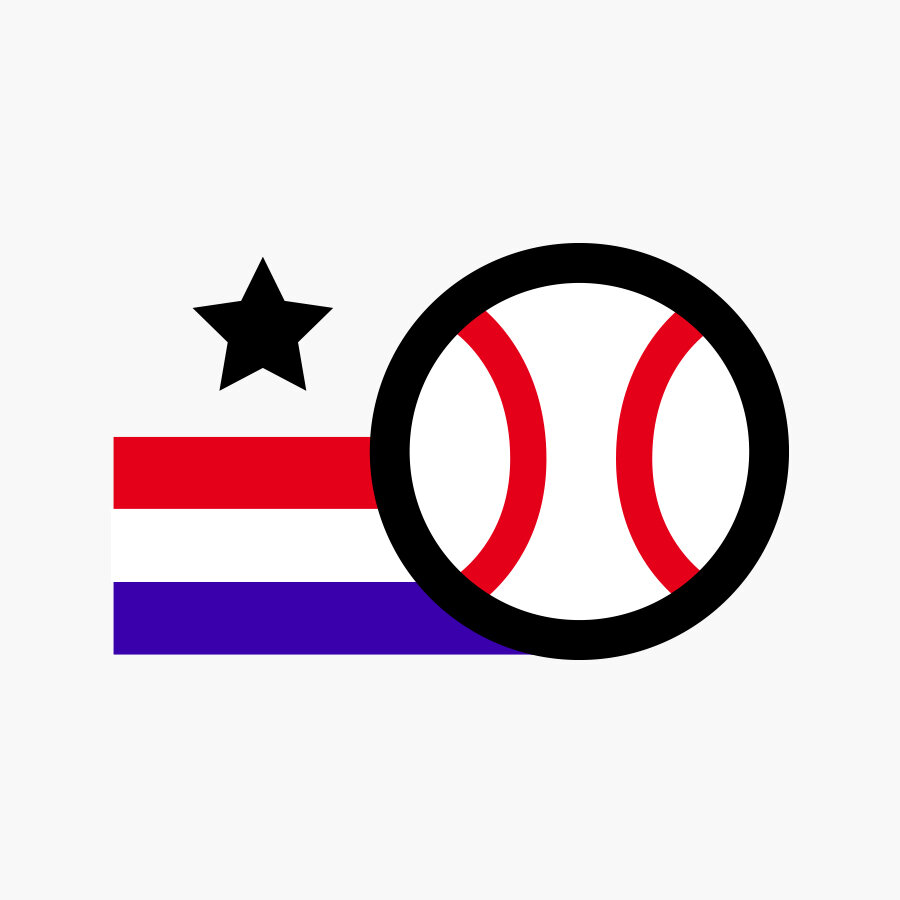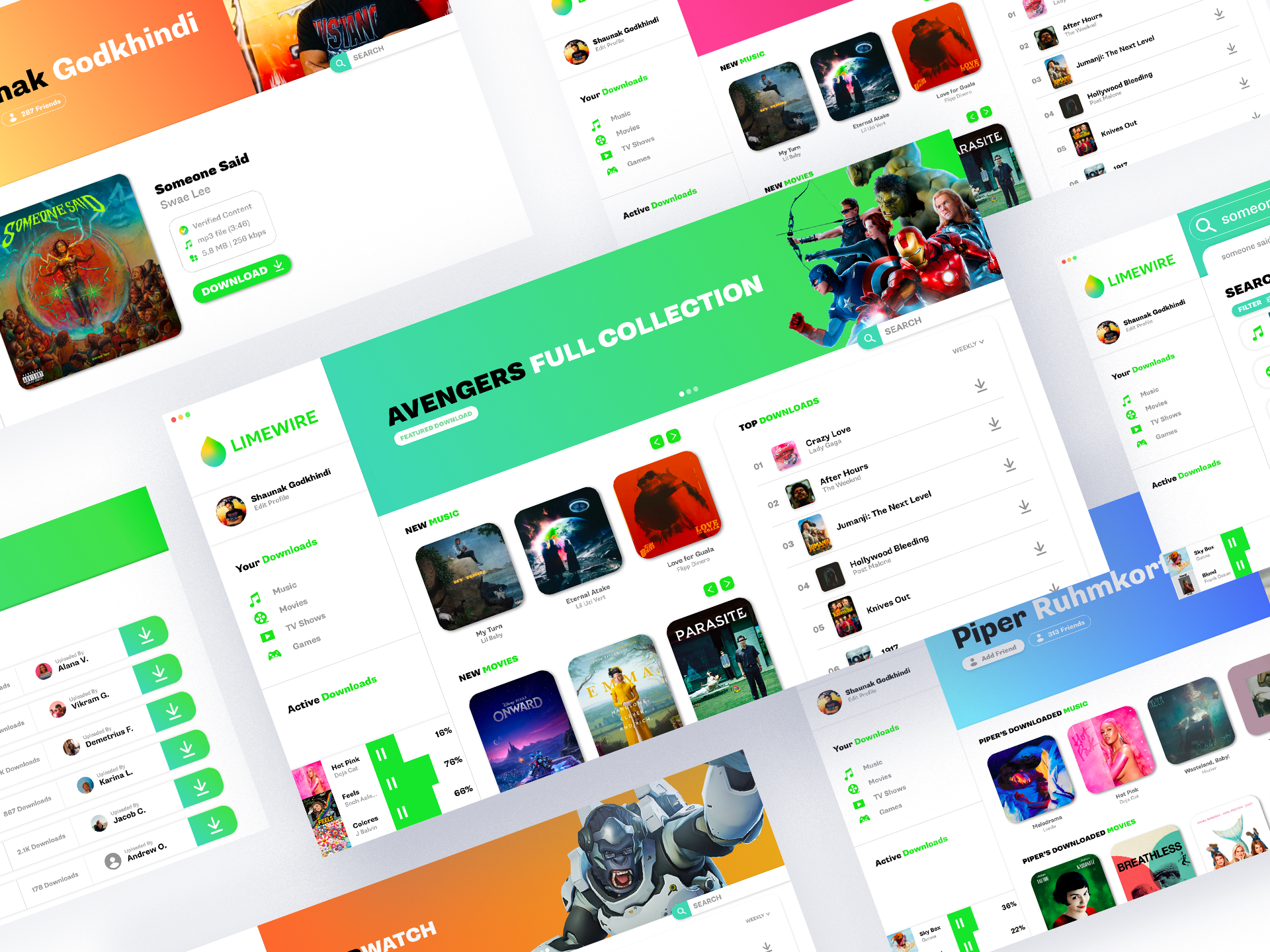The Auxin Leader
Is a leadership training course that helps business owners and team leaders create sustainable and manageable growth in their organization by taking a people-focused approach to team building. Father-son-founders John and Chase Brantley have created a series of videos and worksheets that are sent to clients every week.
Each video has a new and fun theme. Sometimes it’s the Twilight Zone, sometimes it’s Wes Anderson, sometimes it’s Fargo. Regardless, each video asks the viewer to engage in deep and meaningful conversation with their employees, which in turn allows them to see an employee’s passions, wants, and desires. This helps leaders make more informed decisions about that employee and the direction of the company.
This training program has shown proven success when John Brantley taught it at General Mills, the NBA, the US Navy, and a multitude of other companies where they found quantitative results after it was implemented. And John now wanted to record the program in the form of videos, PDFs, and digital content that would make this course accessible to anyone who wanted to create long lasting growth in their company.
John and Chase picked Auxin because it’s the chemical in plant-life that helps a plant reach light the quickest by pushing the plant from the center-out. They wanted something that felt positive, radiant, and friendly that still retained confidence and power. They needed it to be attractive to c-suite execs, while still retaining an aspect of fun- just like the program they were creating.
My Approach
We set out to create a logo that looked like light spreading it’s reach from the center-out. The broad, square shape gives the logo a strength and confidence, while all of the rounded edges make it friendly and approachable.
The 45 degree angle is suggestive of growth and positive trajectory, and the ‘star’ light shining in a night sky. The colors are ‘businessy’ but not stuffy, and the form overall is exciting and engaging without being in-your-face.
In blind tests we’ve heard the logo reminds people of a firework, sparkler, flower, matchstick, explosion, and star. All concepts that only further allude to Auxin’s mission to create growth from the center-out.
Scraps from the cutting room floor
From abstract shapes, to concepts more closely tied to growth and space, I like to start by casting a wide net and playing with everything.
I’ve learned that it’s best to leave no stone unturned in the discovery and initial phases of concepting. Everything has potential energy, and we should be in a state of play until we find a path that’s heading to our destination.
